-15%
Handbook of the Mammals of the WorldVolume 8: Insectivores, Sloths and Colugos
原价为:$204.80。$174.08当前价格为:$174.08。
Illustrator
有库存
原价为:$204.80。$174.08当前价格为:$174.08。
重量
4.13 kg
尺寸
24 × 31 厘米
语言
English
格式
精装
页面
710
出版日期
July 2018
出版商
Lynx Edicions
说明
本卷还包括一个特别章节: Cingulata 目、Pilosa 目、Afrosoricida 目、Macroscelidea 目、Scandentia 目、Dermoptera 目和 Eulipotyphla 目保护的优先事项和行动 作者:罗莎琳德-肯纳利、小托马斯-拉切尔、维克多-梅森、谢尔比-麦凯、尼科莱特-罗奇、P. J. 史蒂芬森、玛丽拉-苏比纳和理查德-杨
内容和作者
| 鞘翅目 | |
| 长鼻犰狳科 | 科琳-麦克唐纳和詹姆斯-洛瑞 |
| 衣犰狳科(衣犰狳属) | 马里埃拉-苏皮纳和奥古斯丁-阿巴 |
| 订购皮洛萨 | |
| 食蚁兽科 | 亚历山德拉-贝尔塔索尼 |
| 食蚁兽科 | 弗拉维亚-米兰达 |
| 双趾树懒科 | 纳迪娅-莫赖斯-巴罗斯 |
| 三趾树懒科 | 乔纳森-保利 |
| Order AFROSORICIDA | |
| 蝾螈科 | 保利娜-詹金斯 |
| 獭鼩科 | Ara Monadjem |
| 金鼹鼠科 | 威廉-安德鲁-泰勒、萨曼莎-明哈特和萨里塔-玛瑞 |
| 订购 MACROSCELIDEA | |
| 螠螒蟻科 (螠螒蟻科) | Steven Heritage |
| 订购 SCANDENTIA | |
| 笔尾树蛙科 | 梅丽莎-霍金斯 |
| 树蛙科 | 梅丽莎-霍金斯 |
| Order DERMOPTERA | |
| 鲤科 | 扬-雅内克卡和玛丽-雅内克卡 |
| 订购 EULIPOTYPHLA | |
| 刺猬科(刺猬和刺猬属) | 特洛伊-贝斯特 |
| 鼩鼱科 | Connor Burgin、Kai He、Rudolf Haslauer、Boris Sheftel、Paulina Jenkins、Manuel Ruedi、Stefan Hintsche、Masaharu Motokawa、Arlo Hinckley 和 Rainer Hutterer |
| 塔尔皮科(鼹鼠、德斯曼鼹鼠、星鼻鼹鼠和鼩鼱鼹鼠) | Boris Kryštufek & Masaharu Motokawa |
| Solenodontidae (Solenodons) 科 | 塞缪尔-特维 |
- 28 幅彩图
- 600 多张彩色照片
- 684 幅分布图
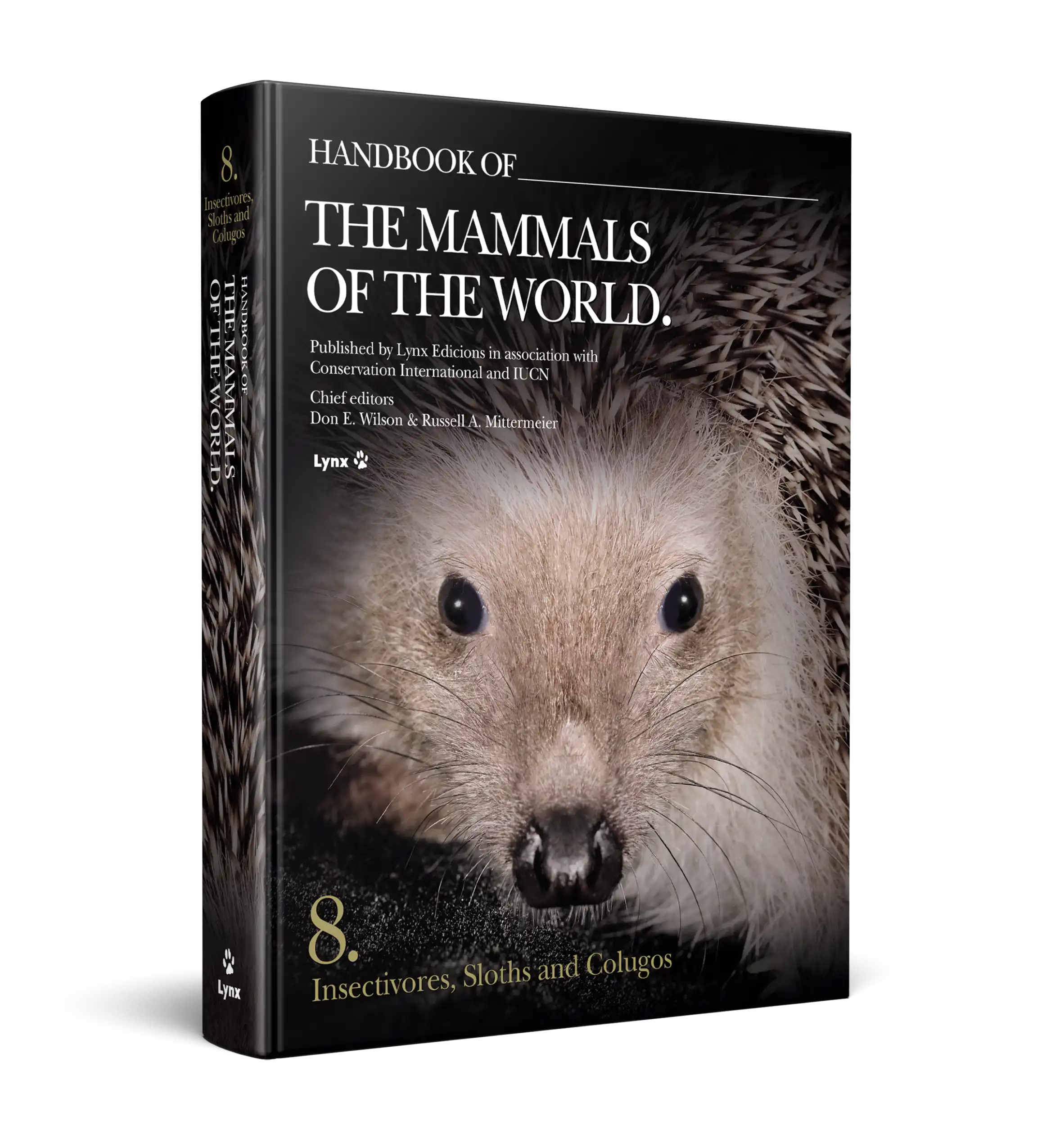
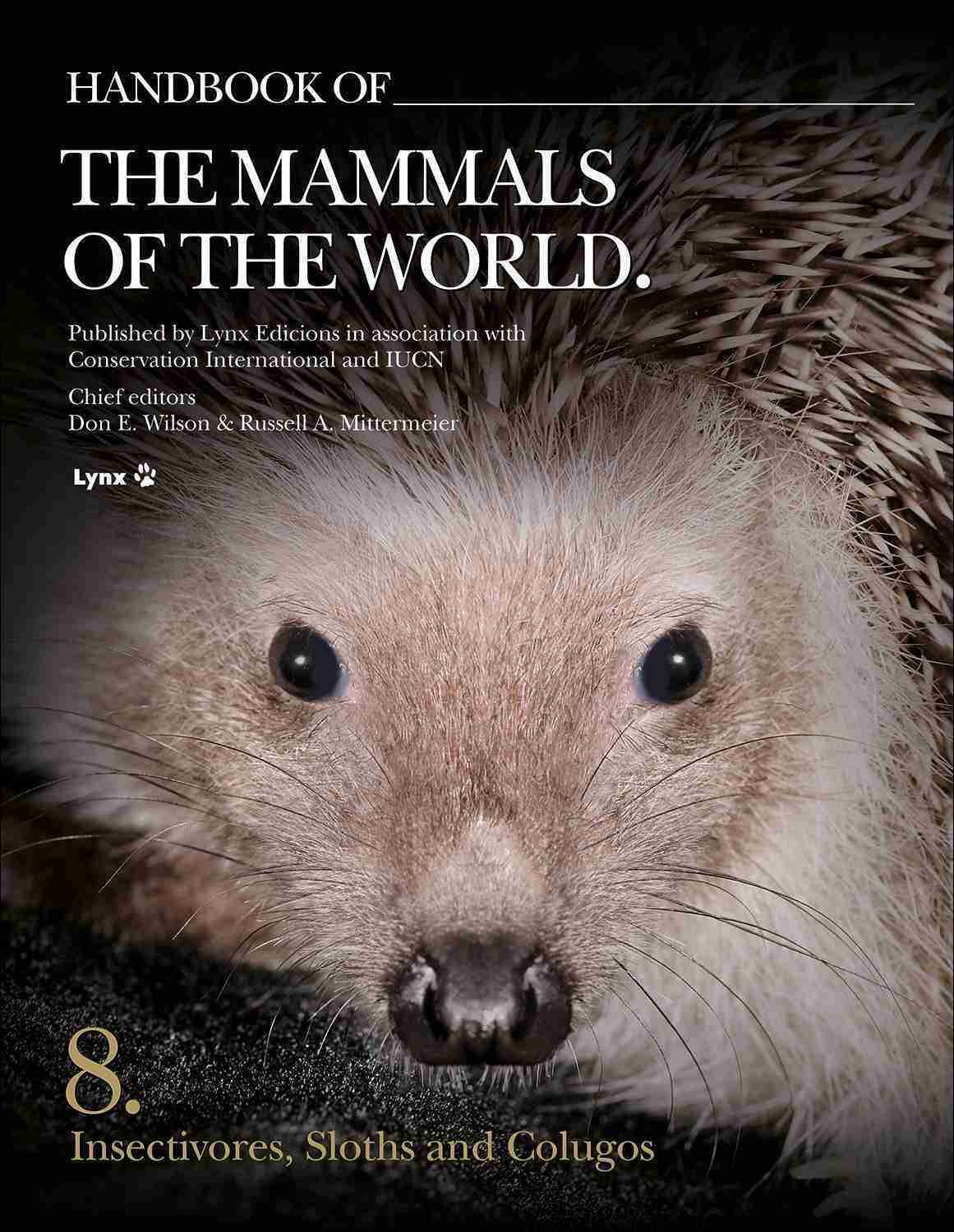
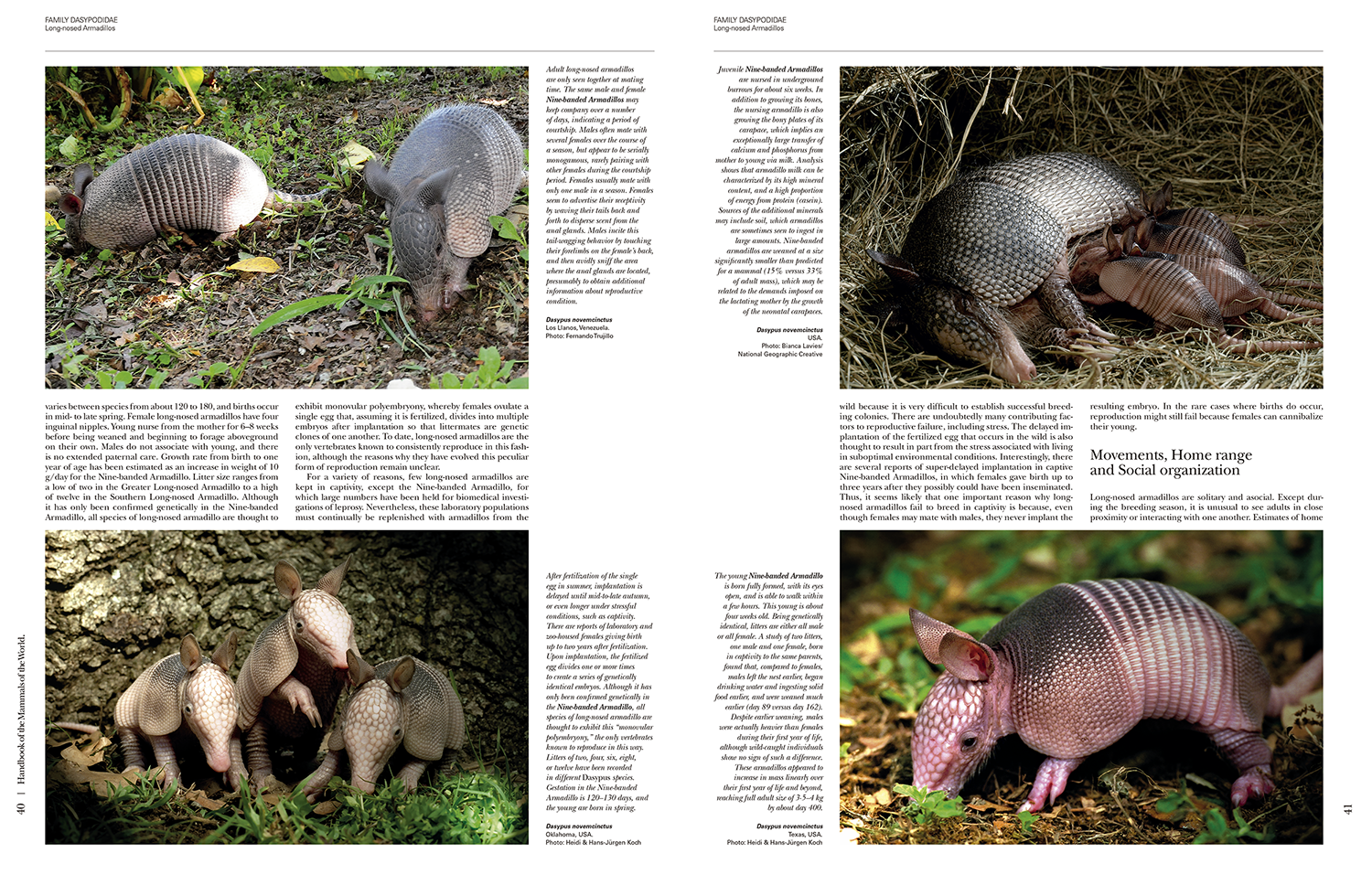
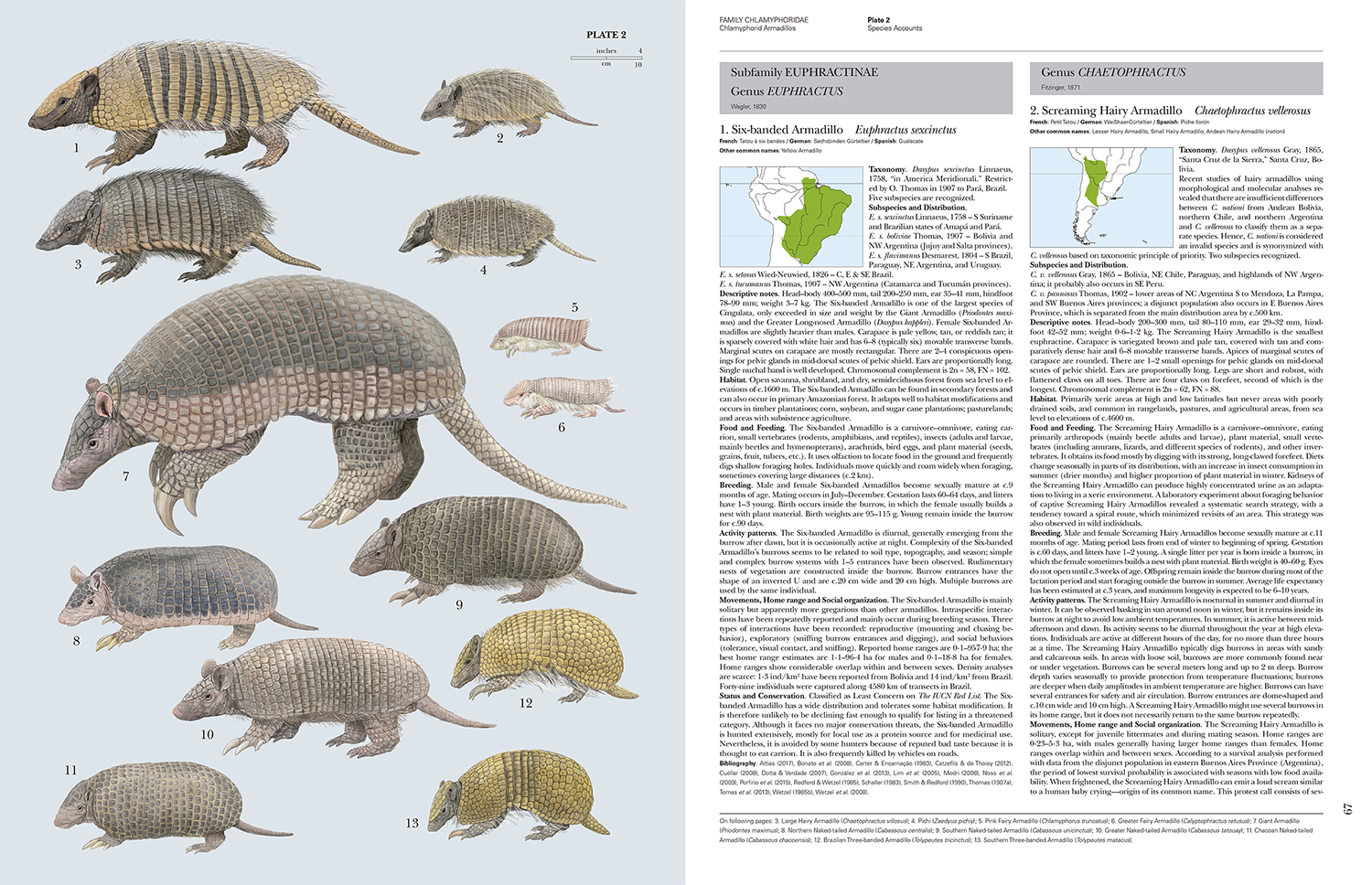
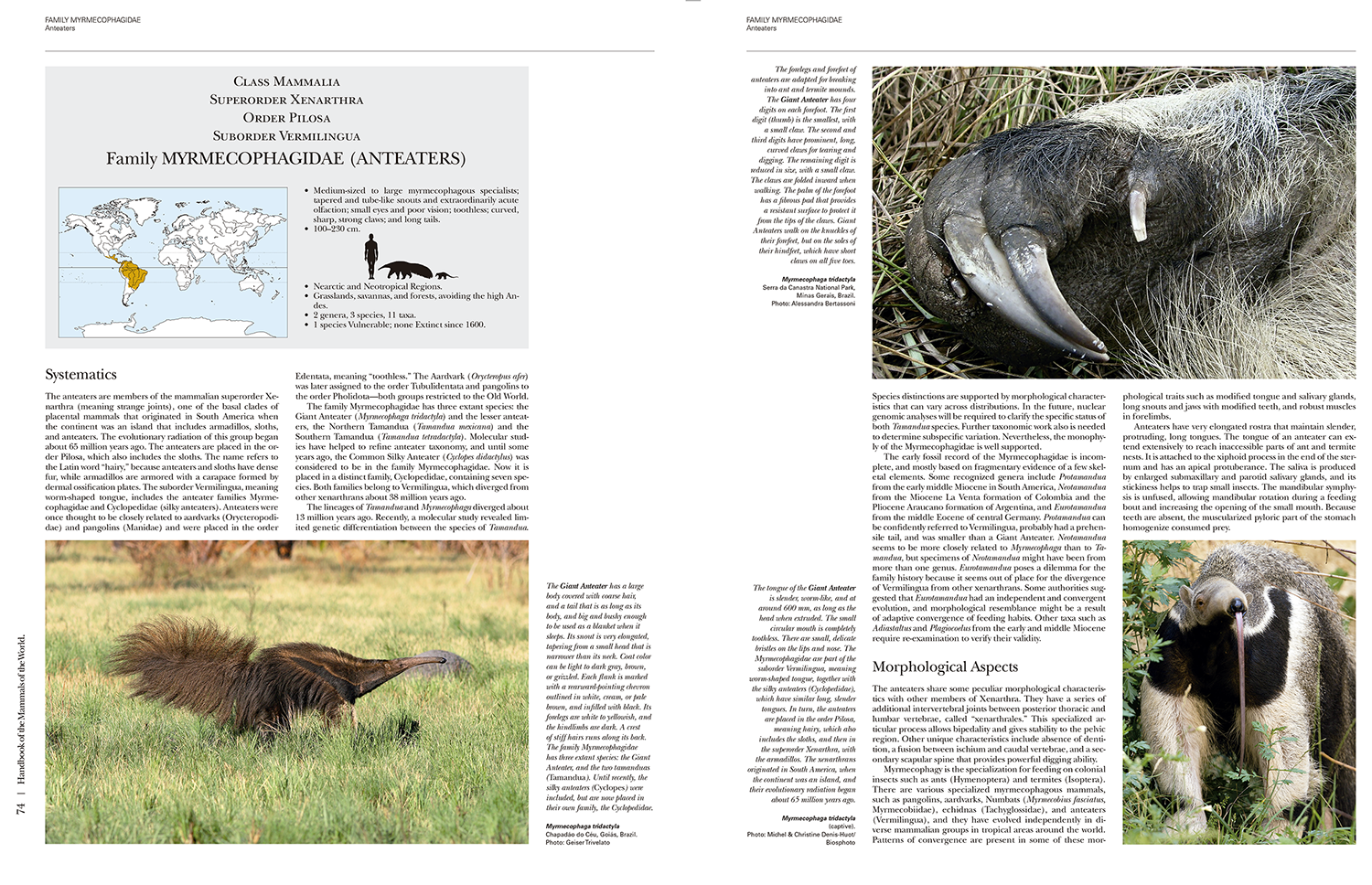
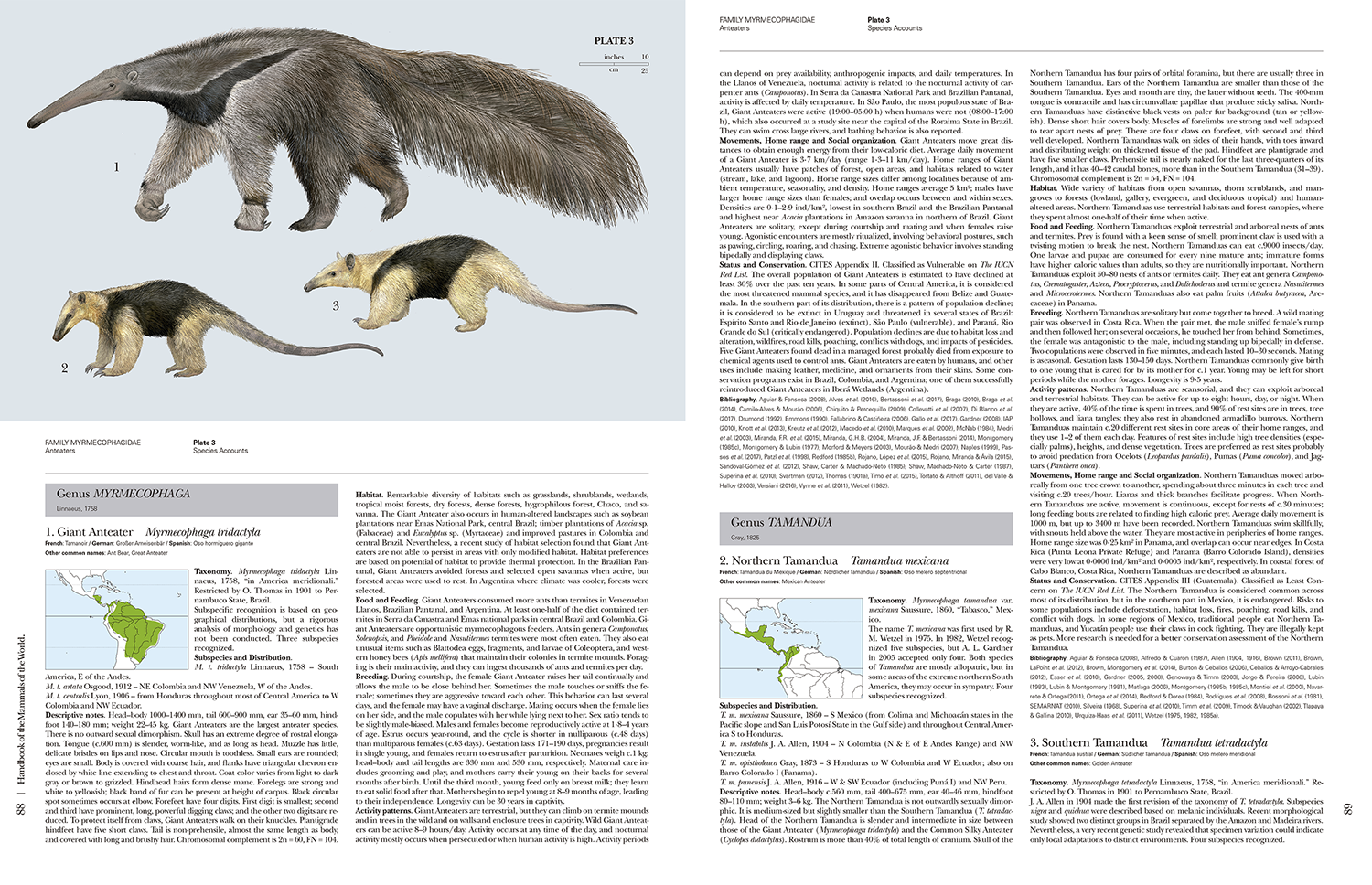
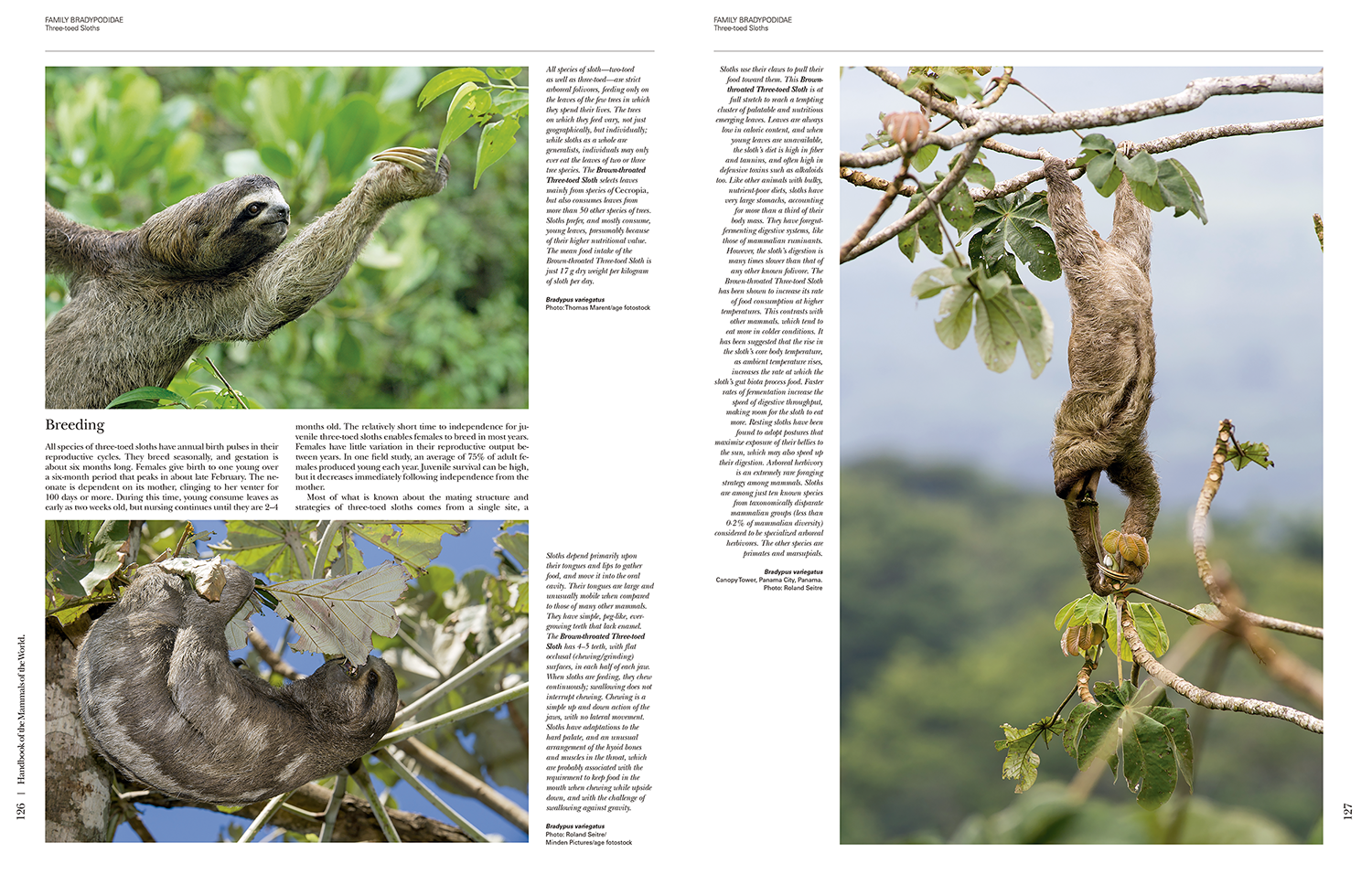
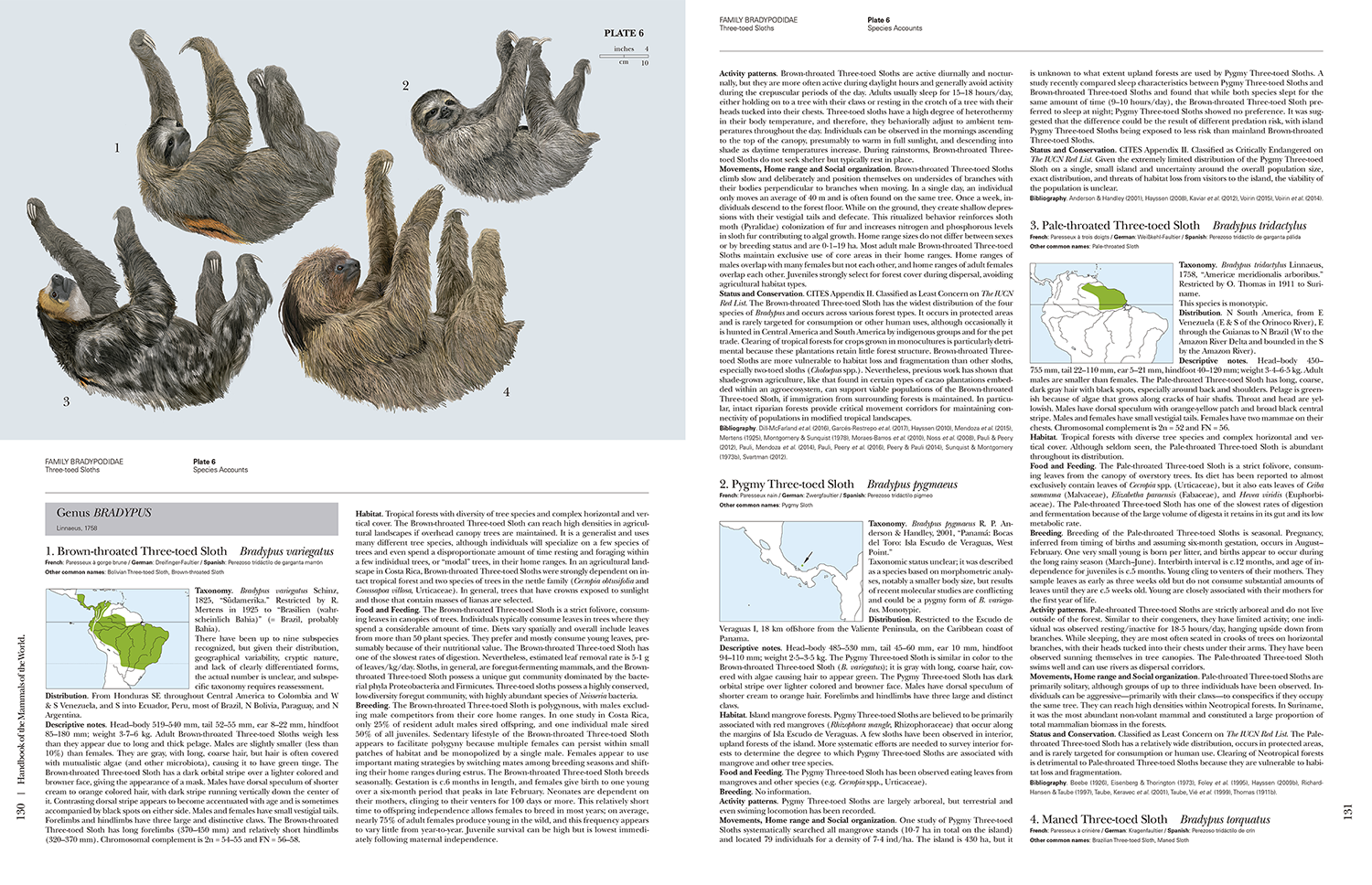
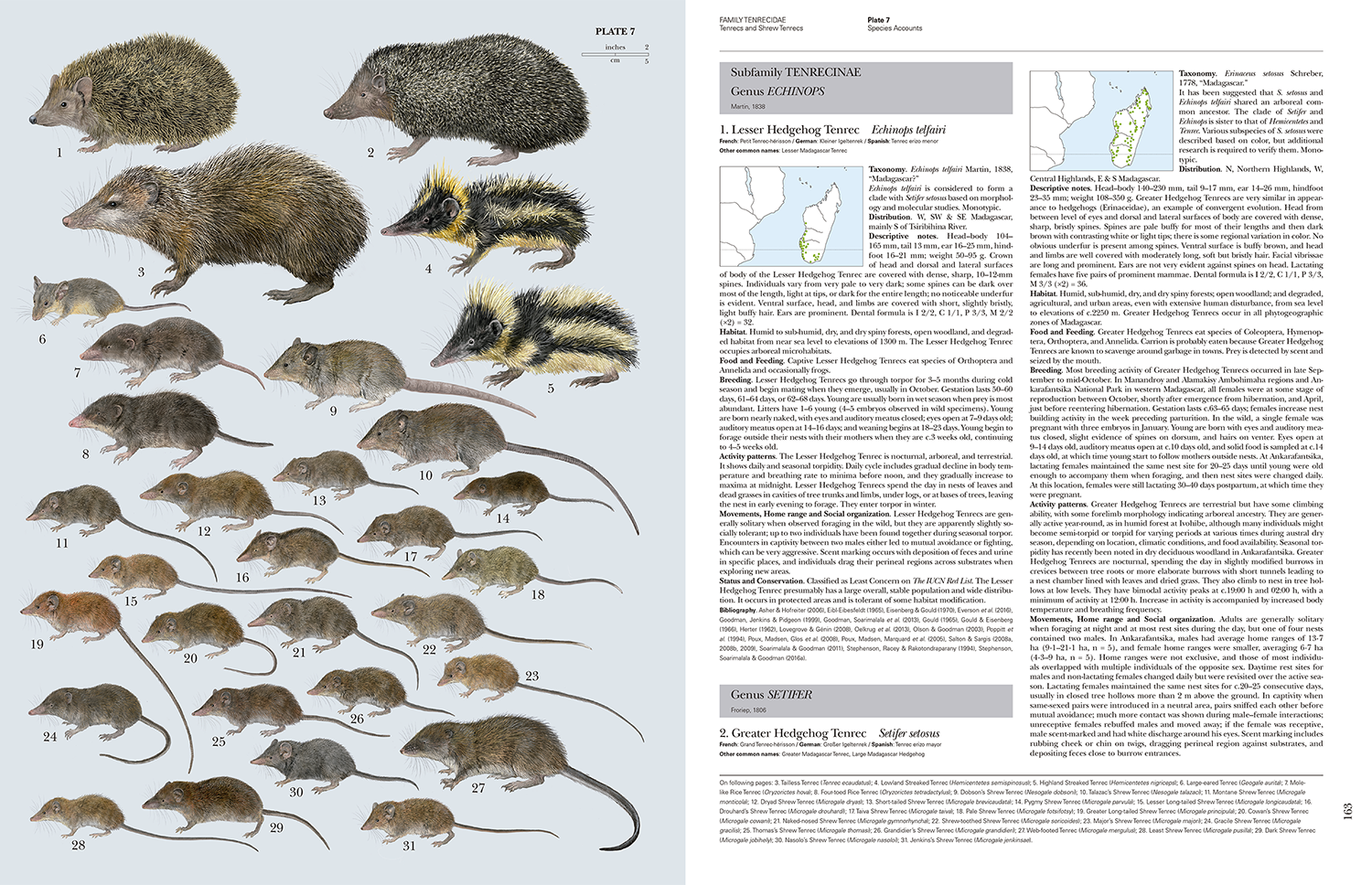
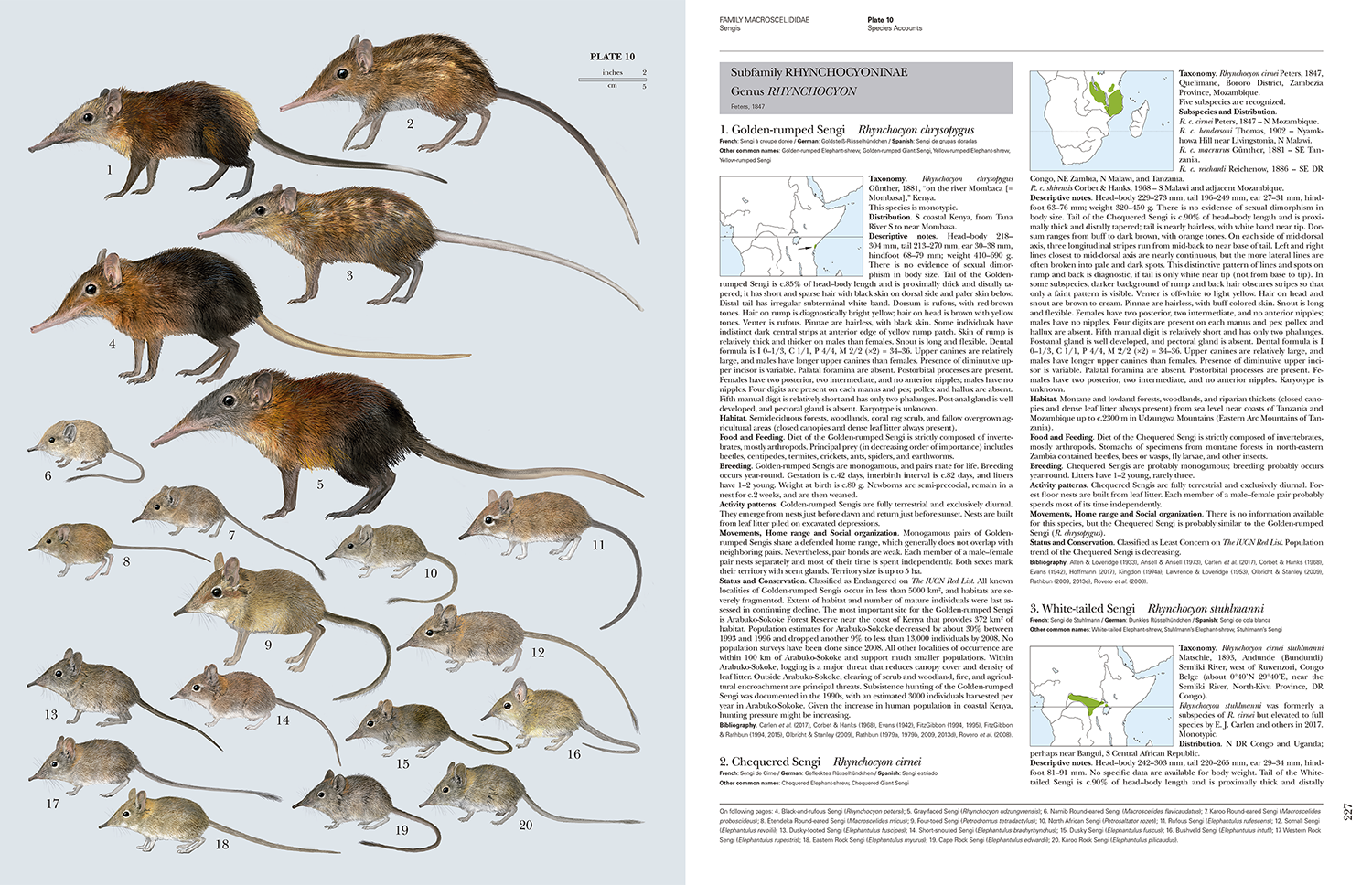
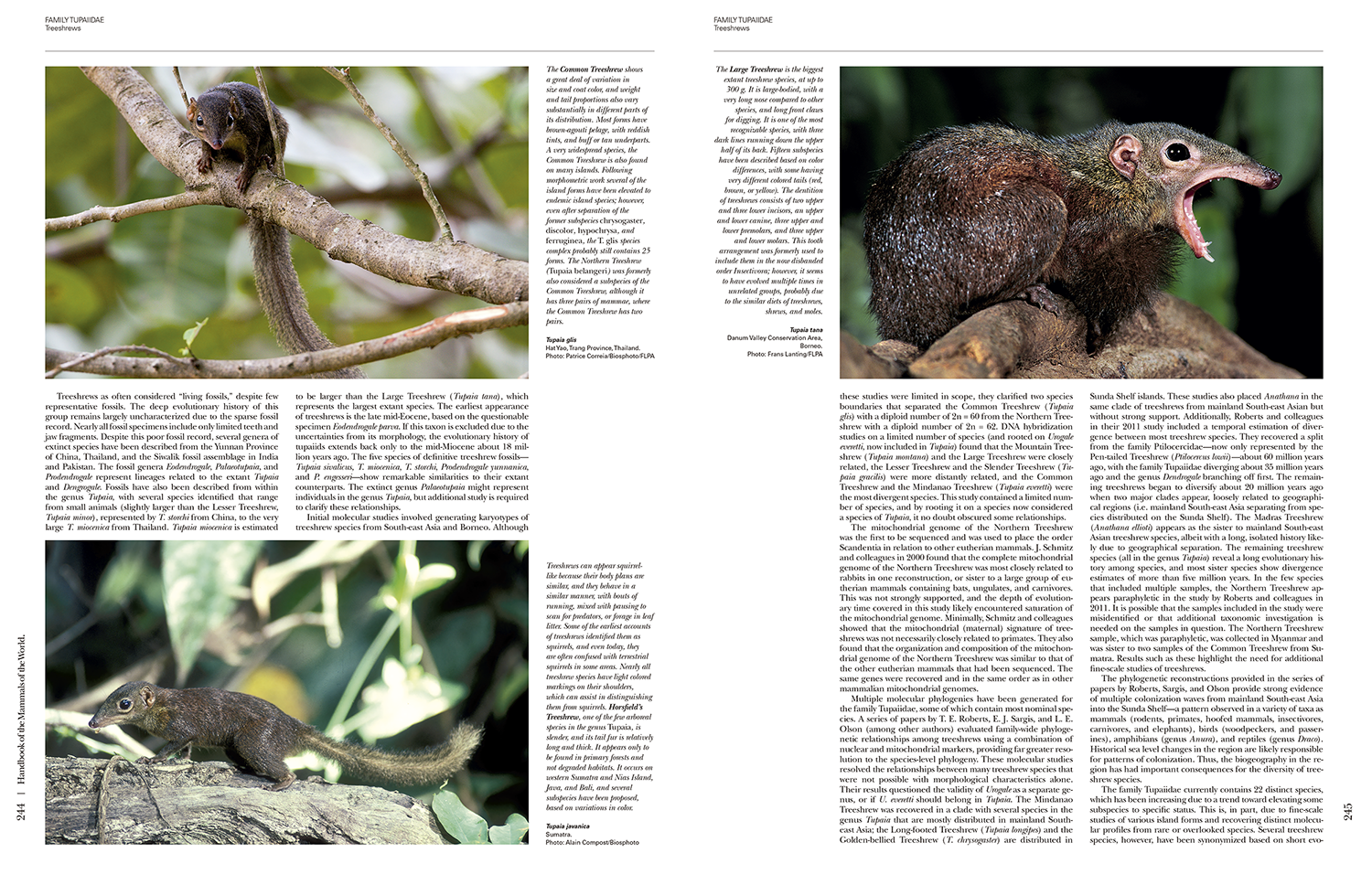
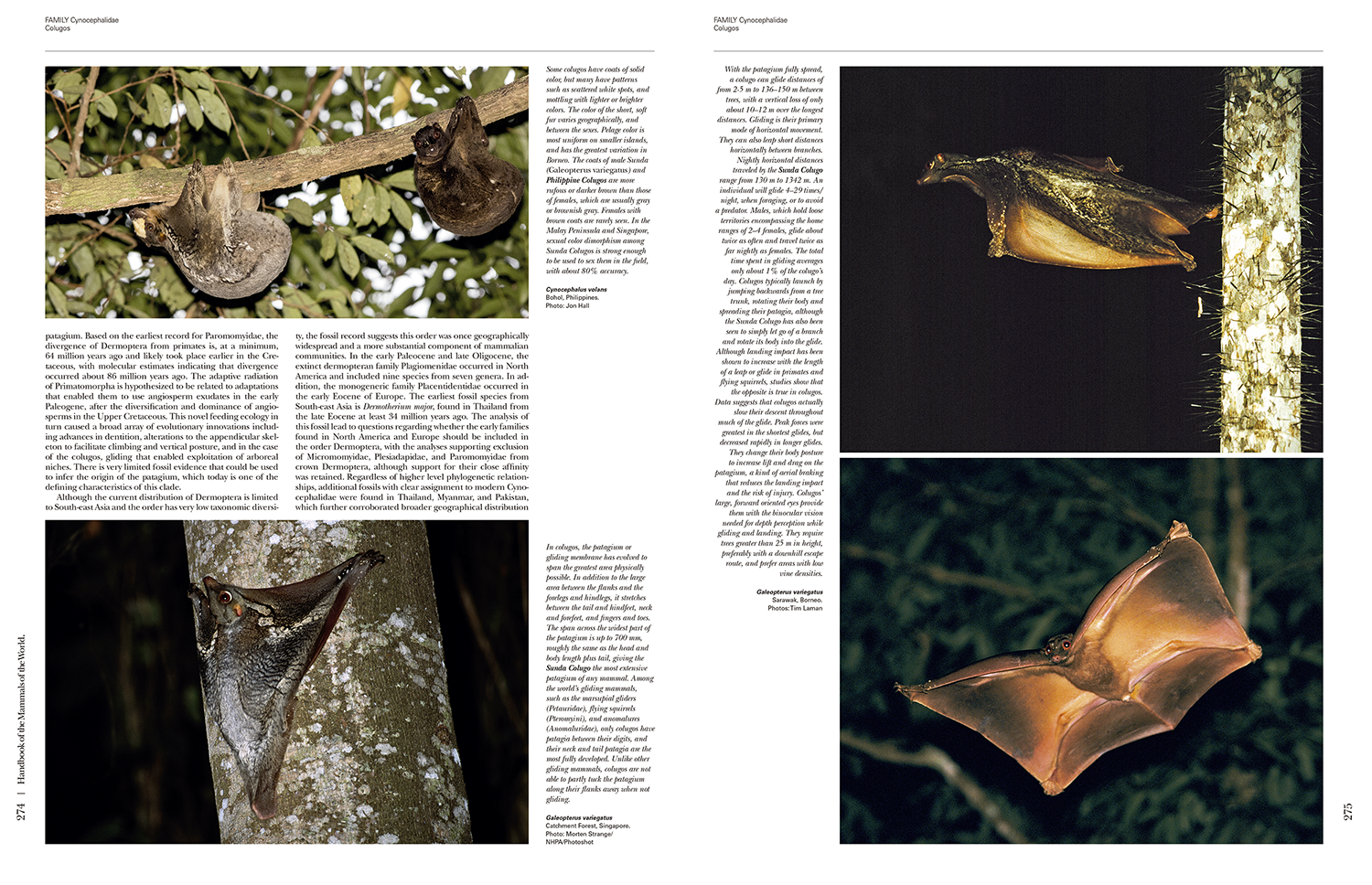

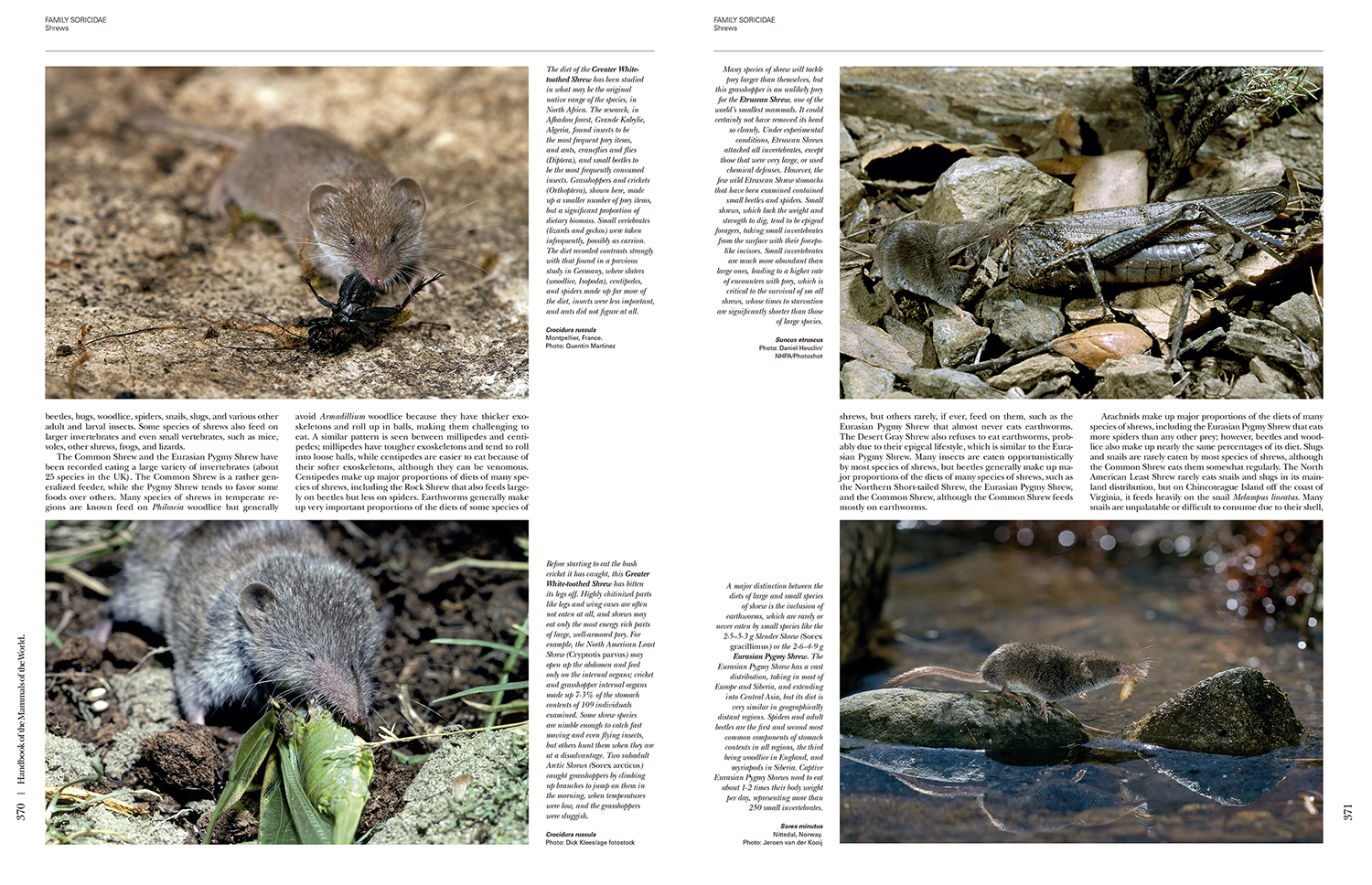
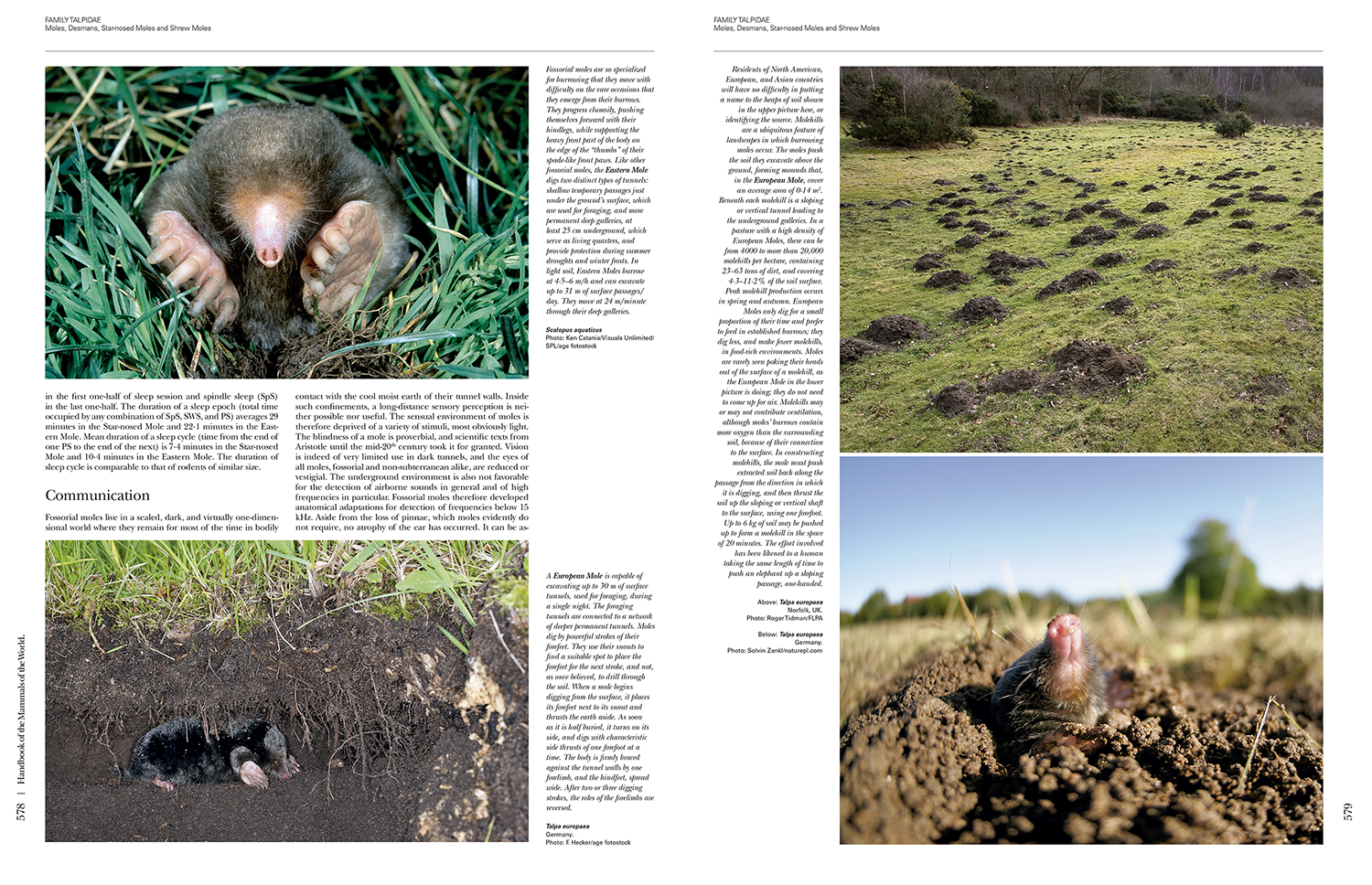
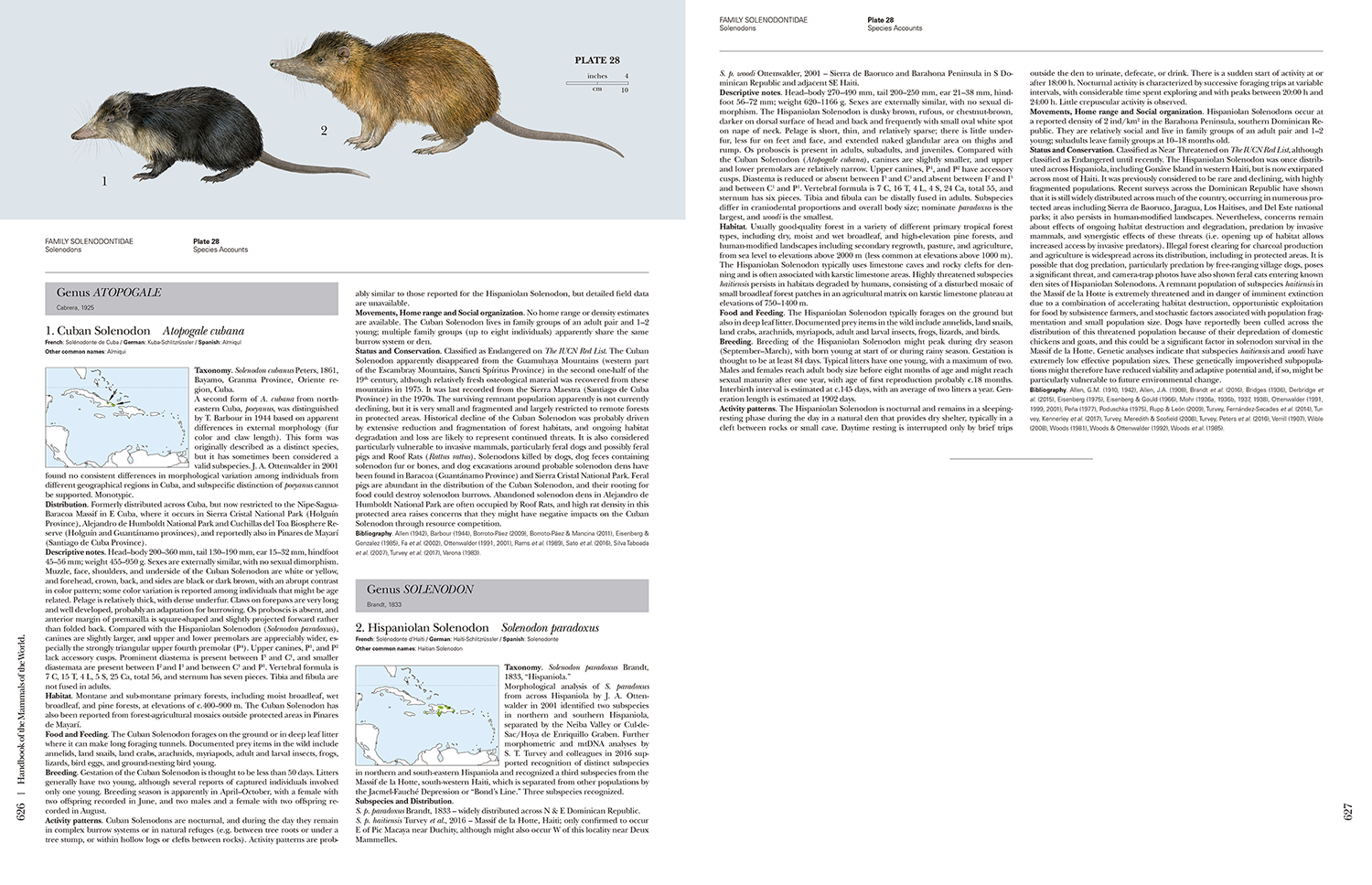
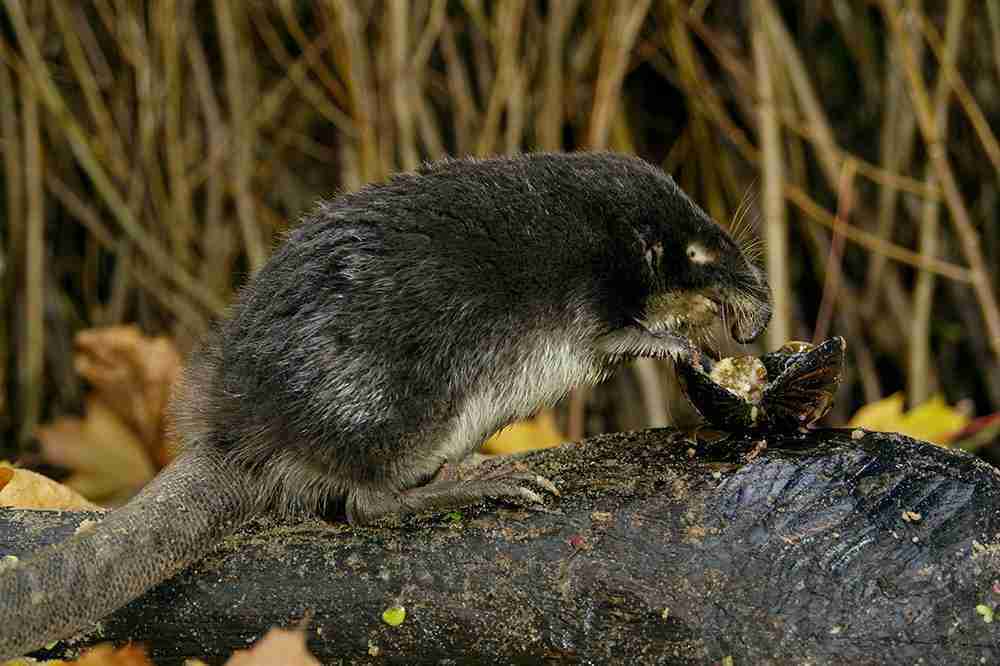
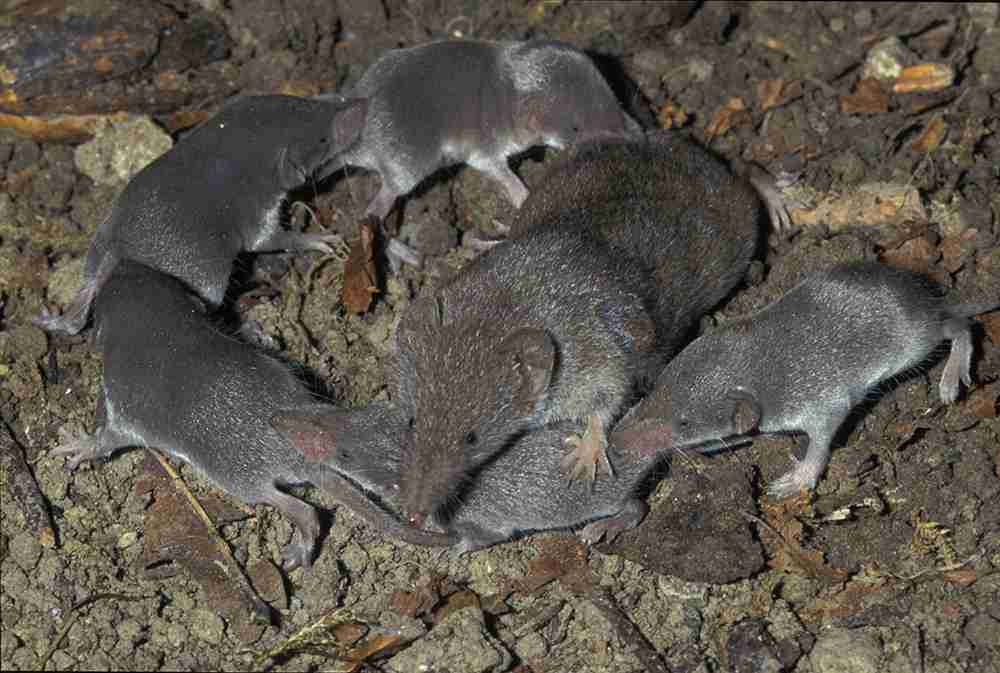
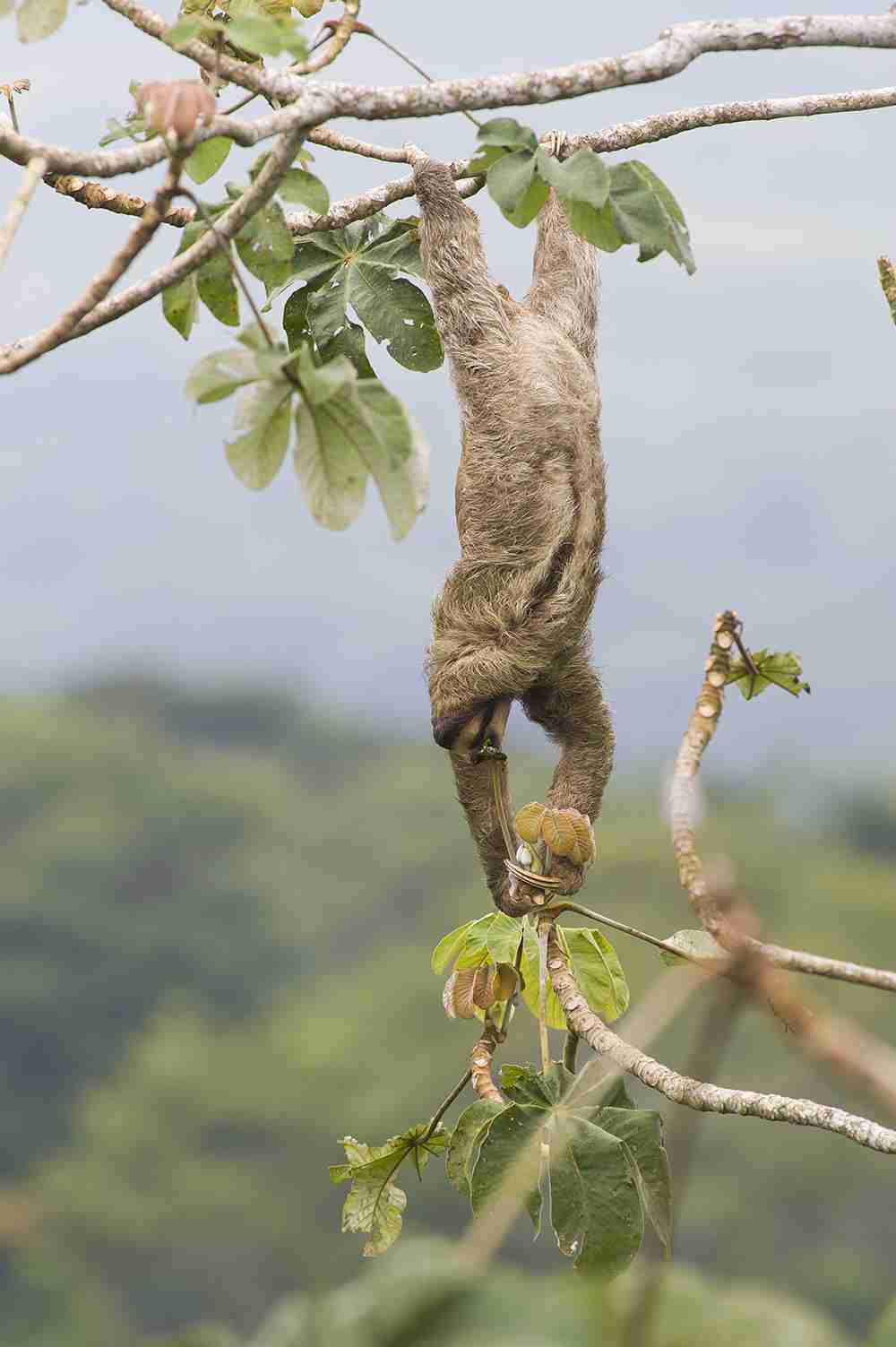
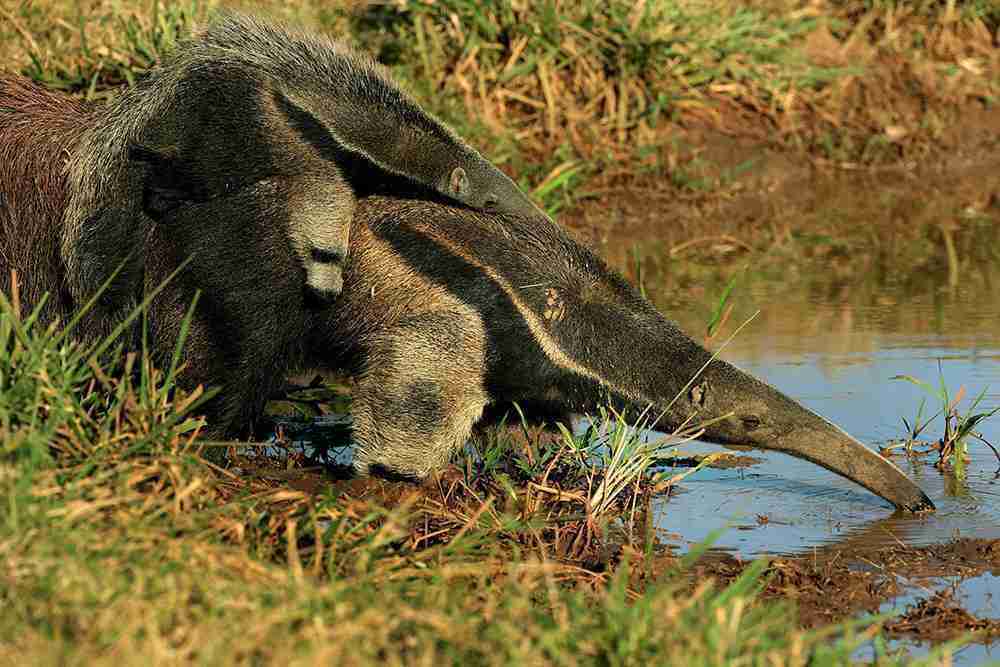
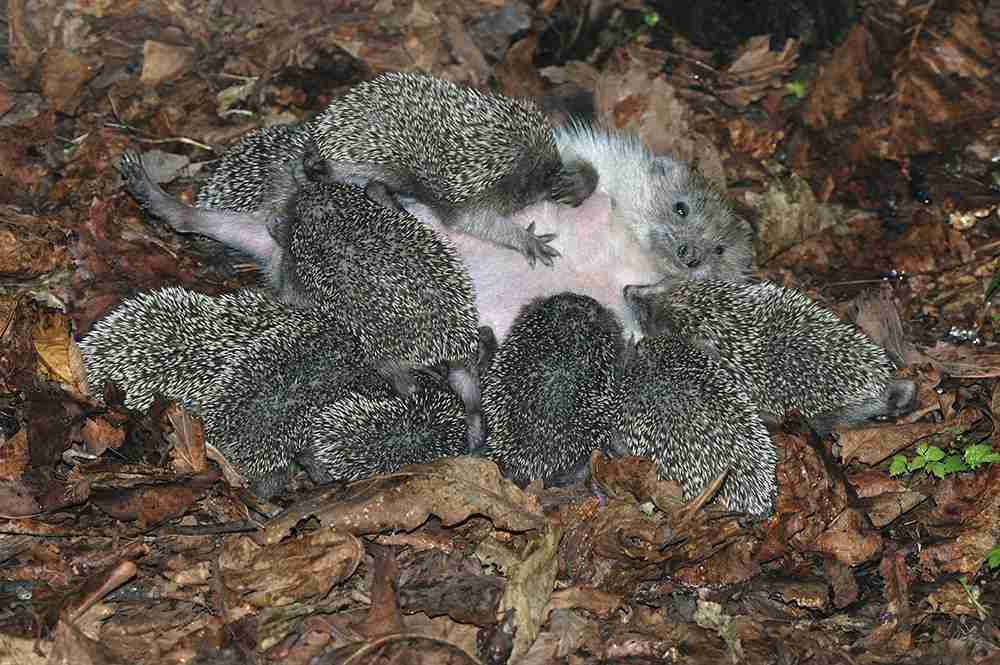
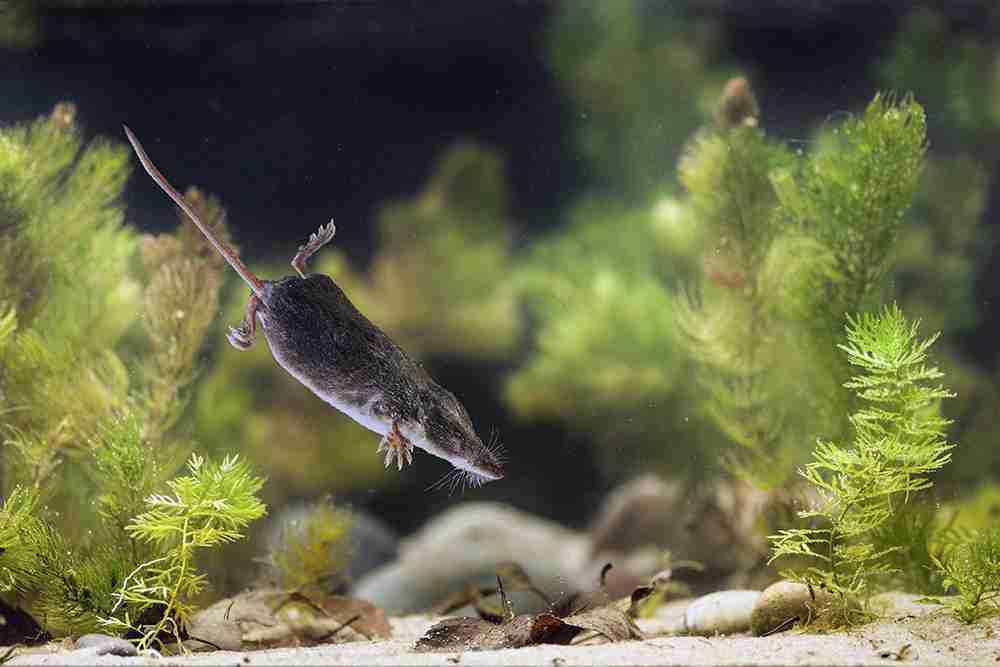
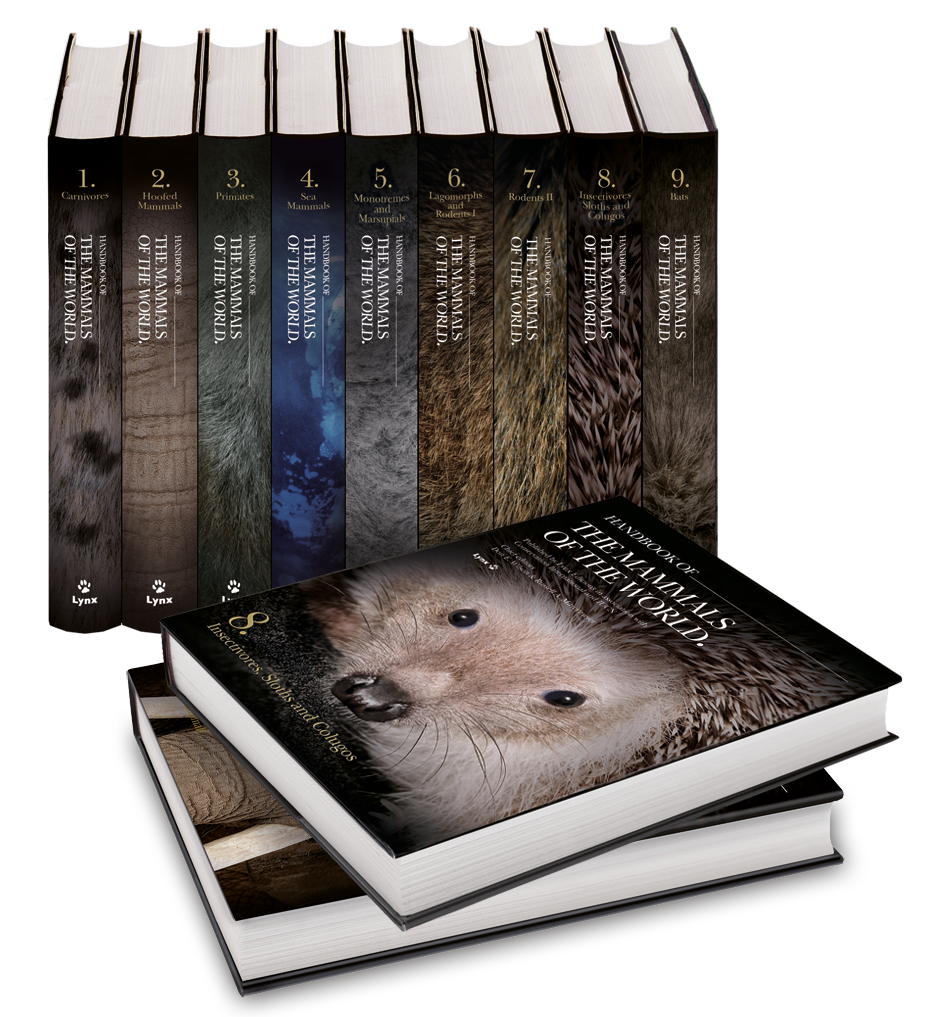
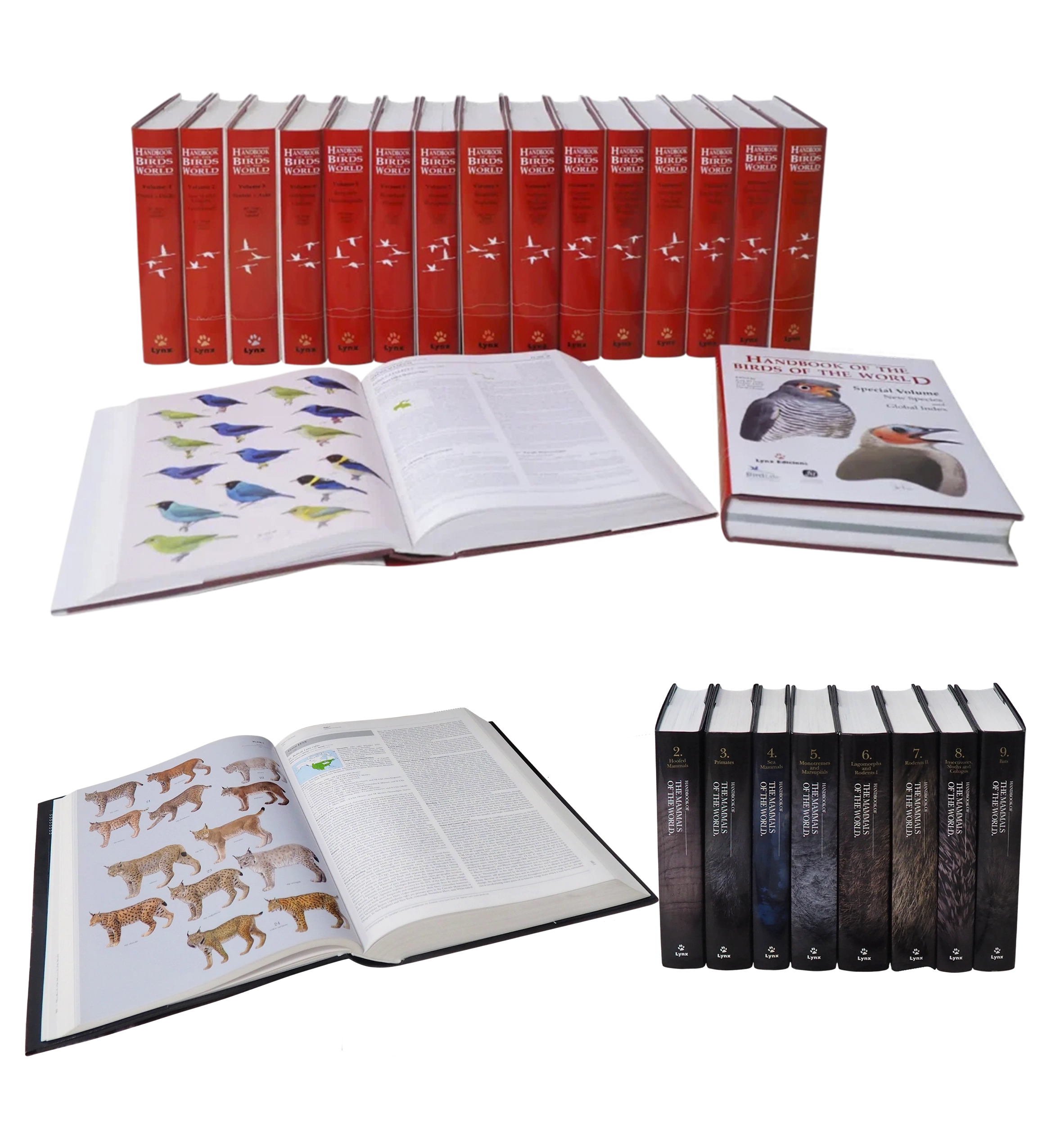
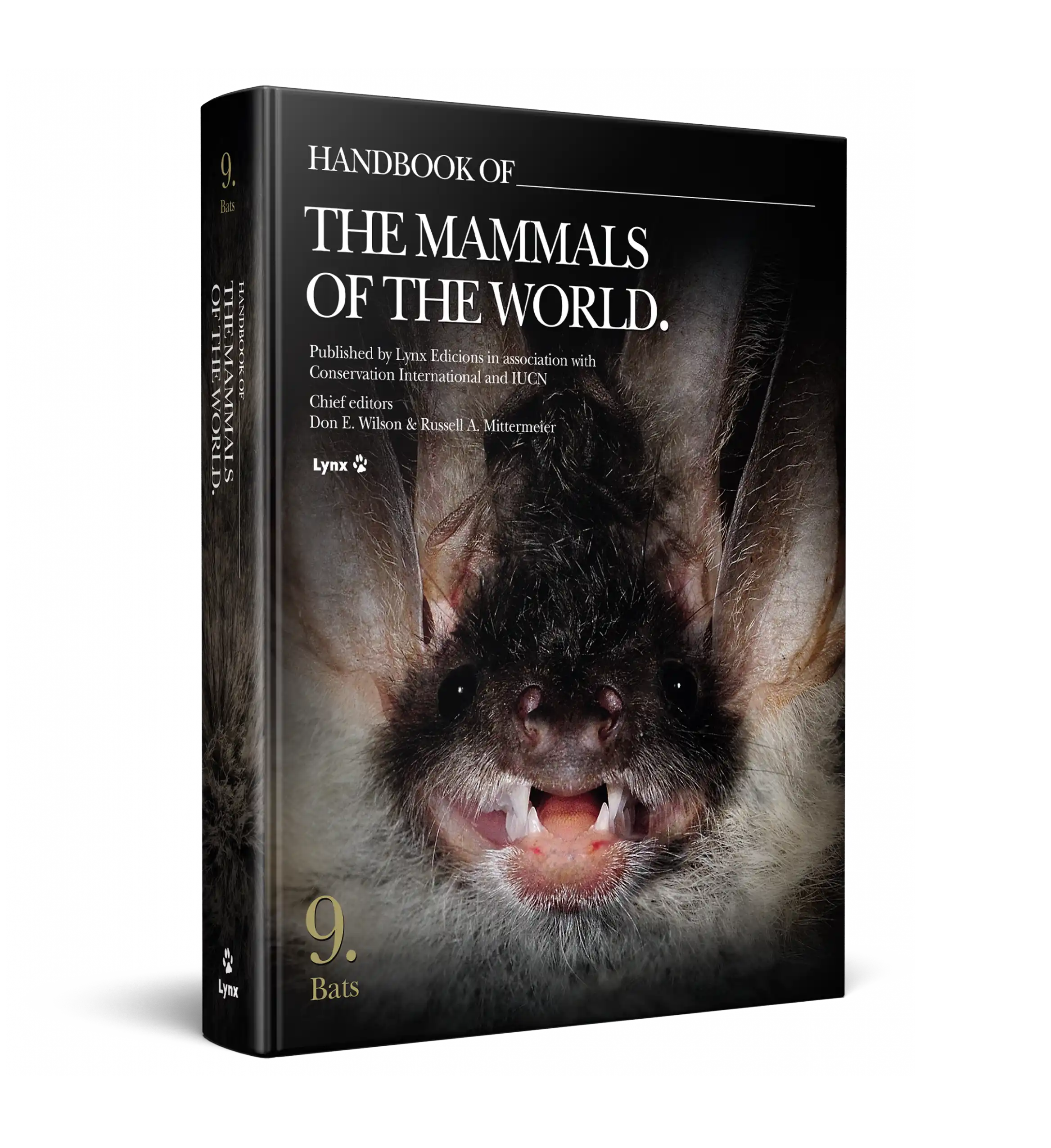
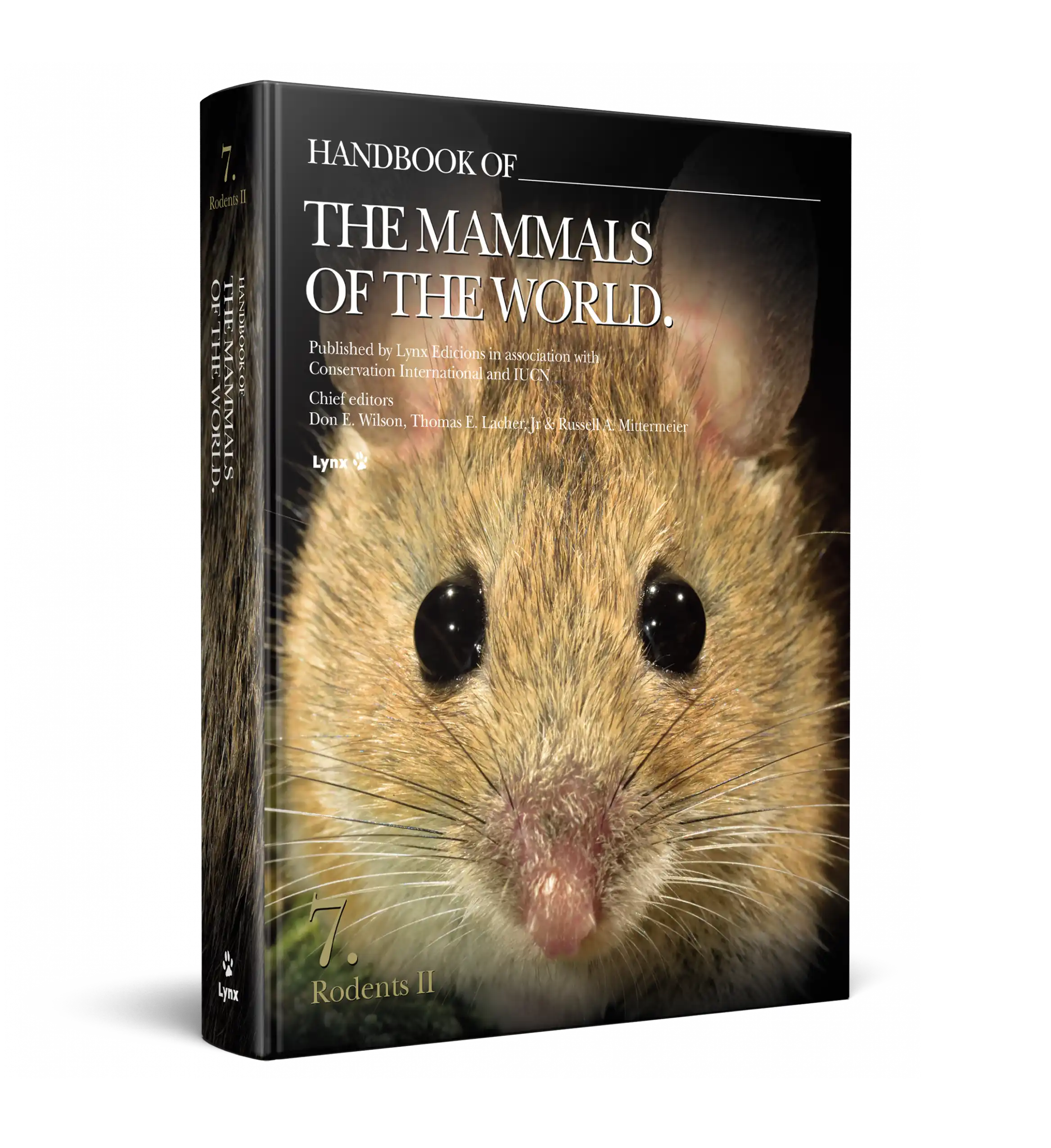
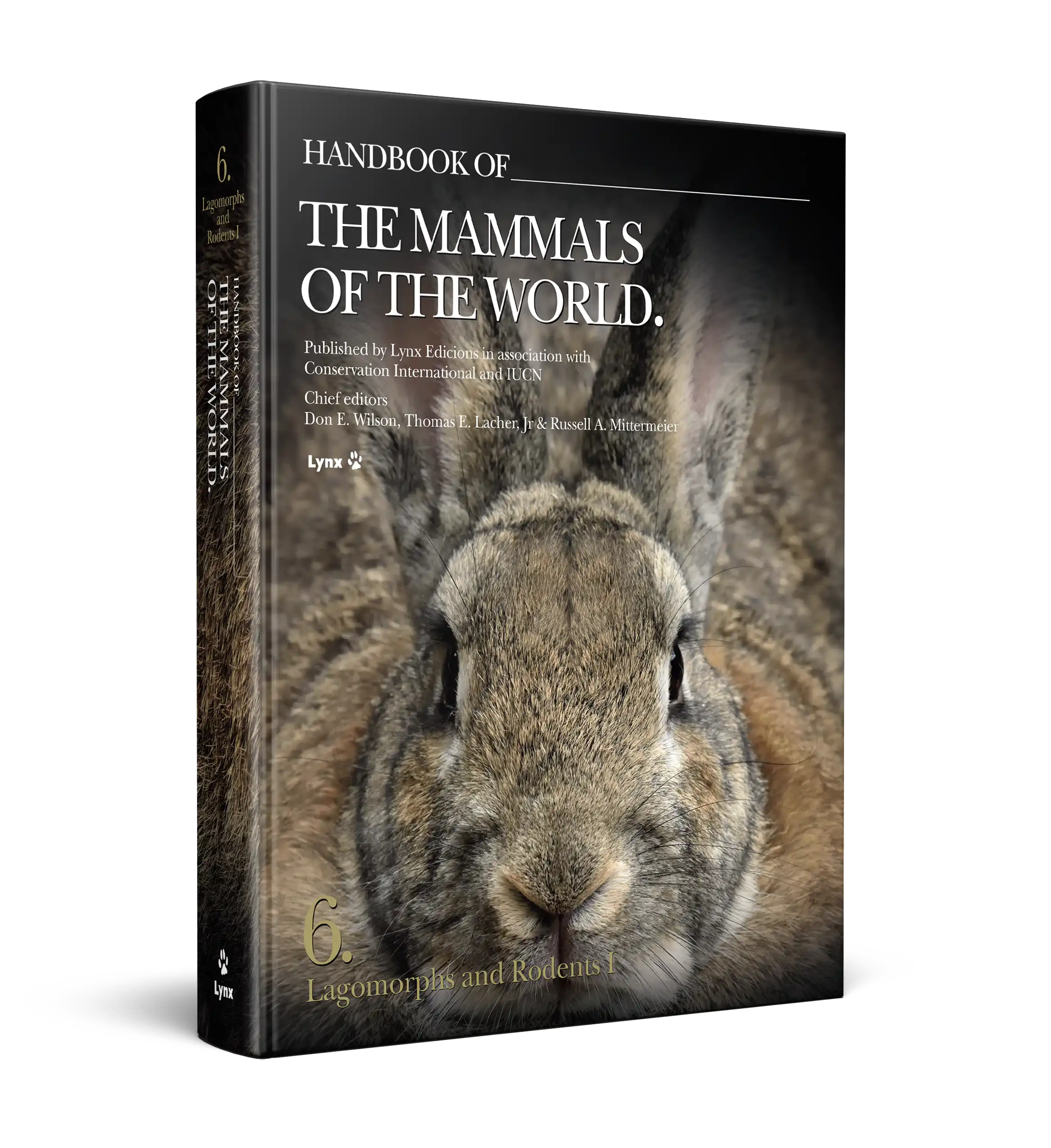
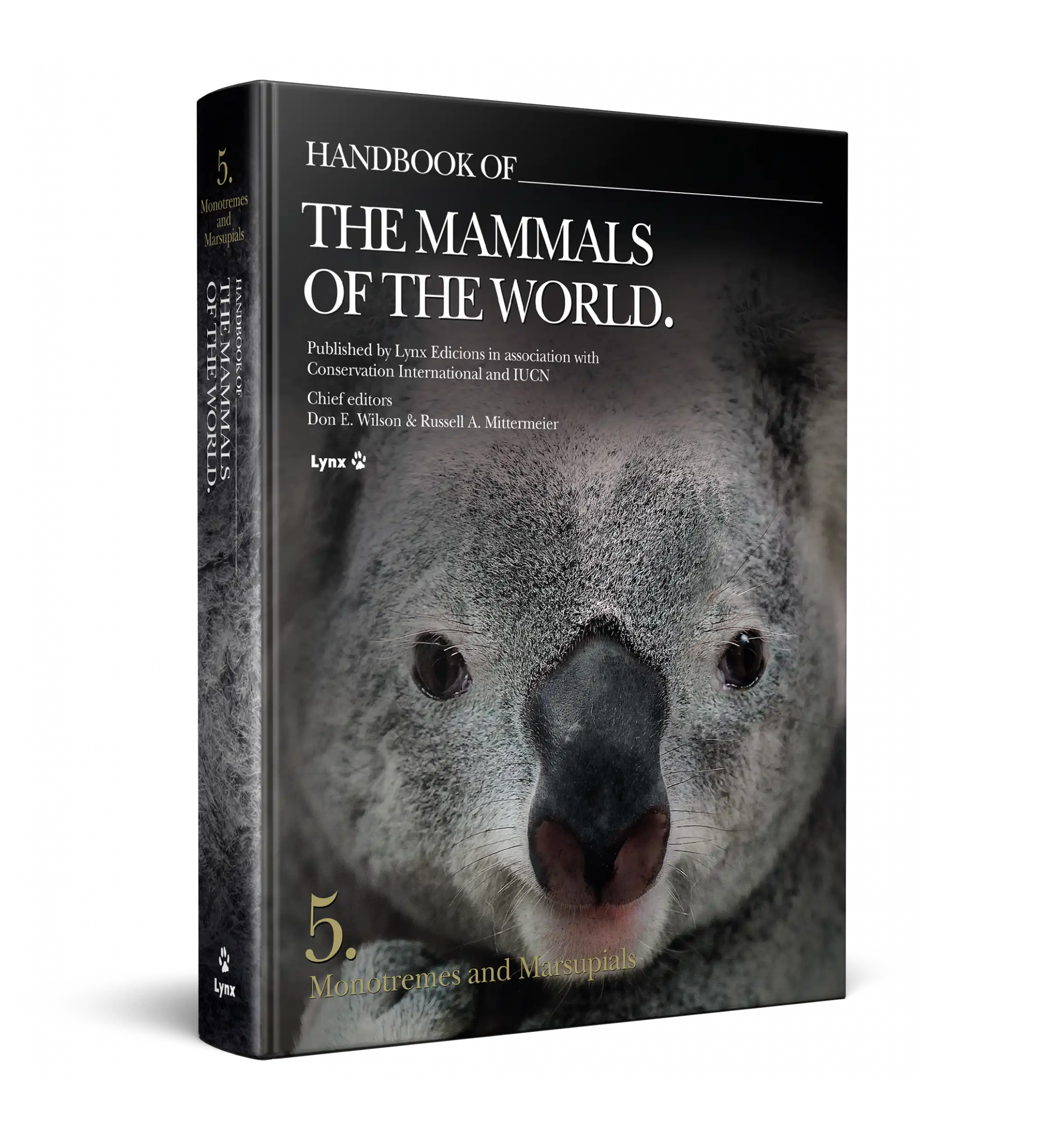
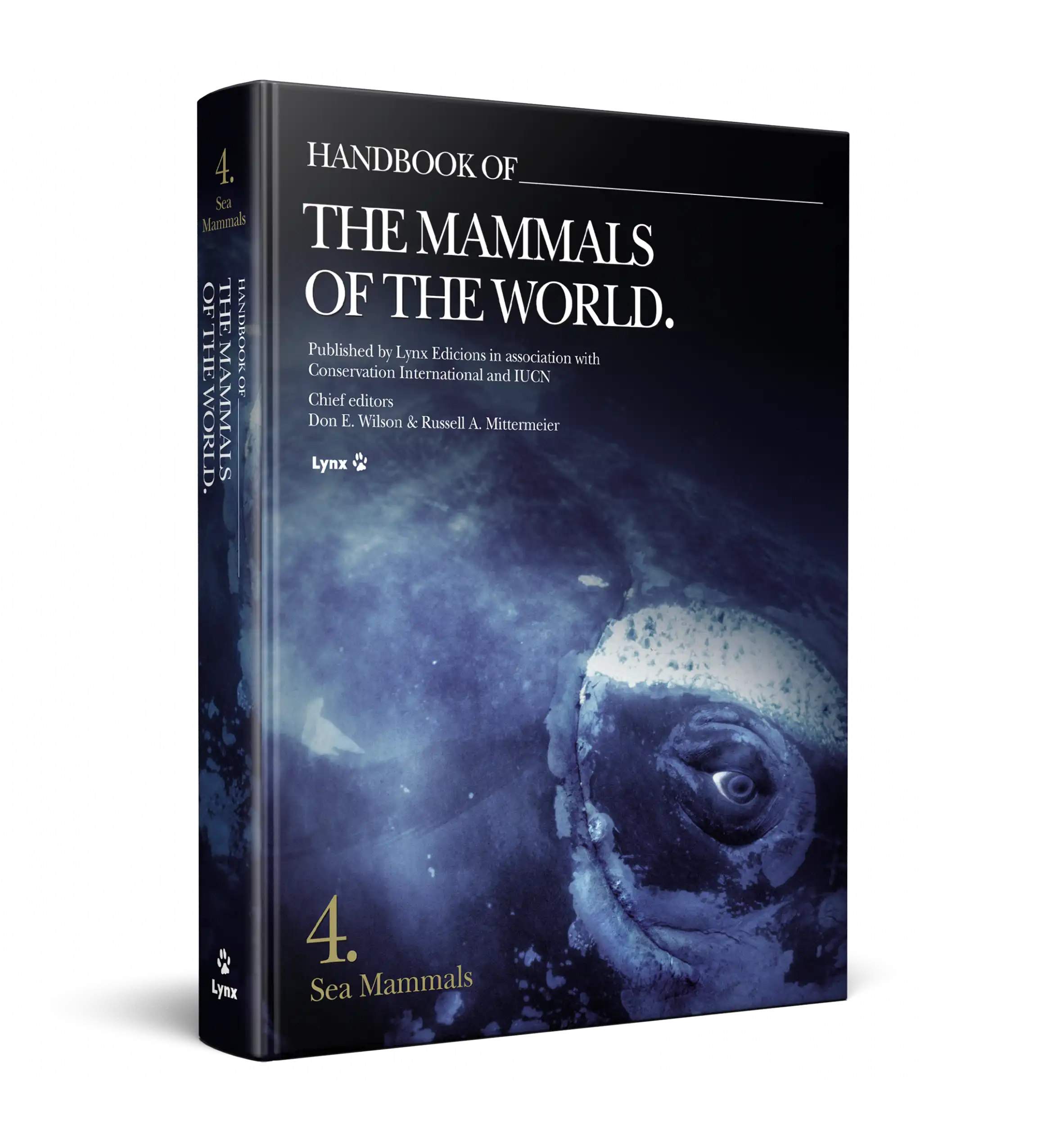
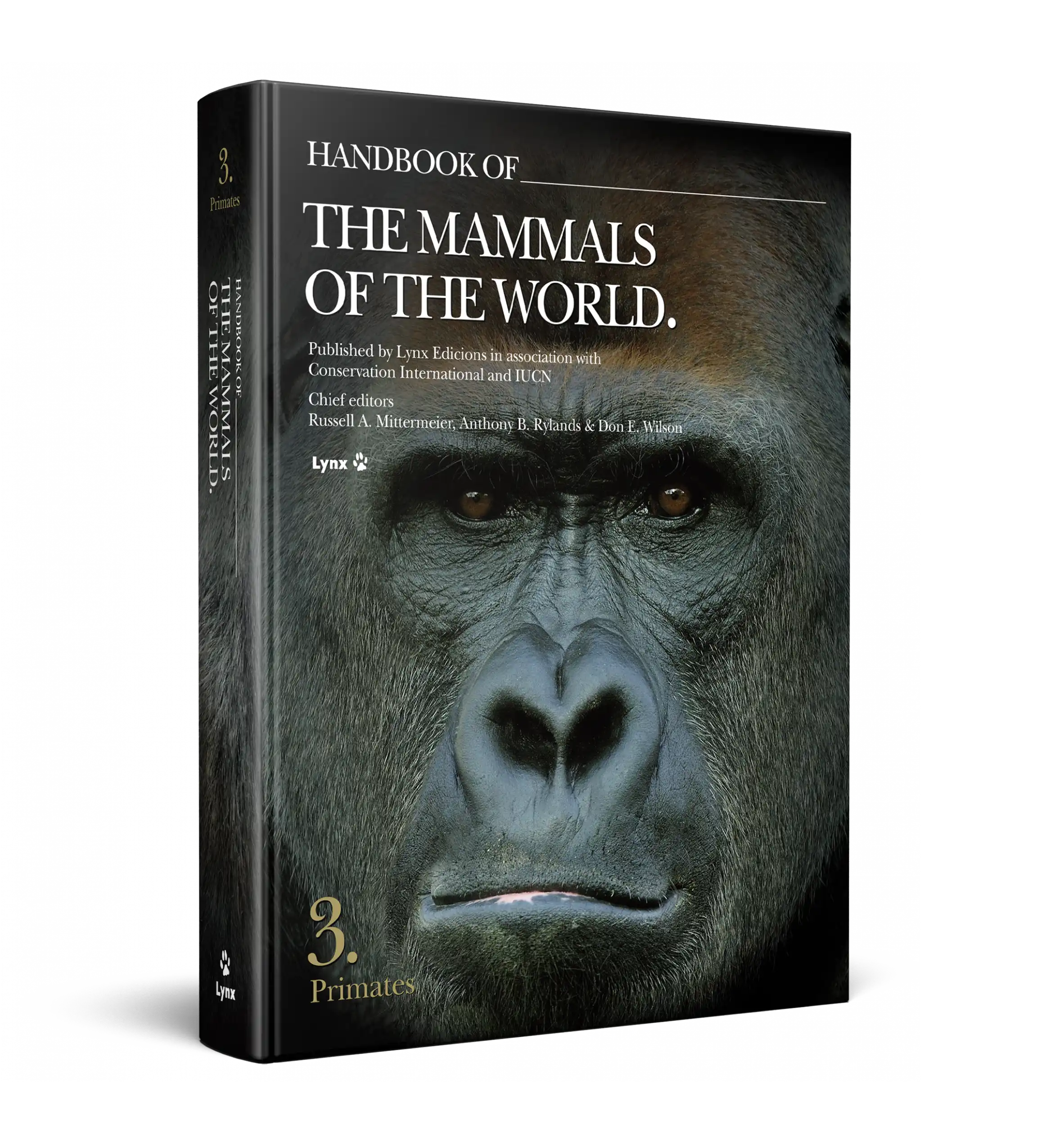
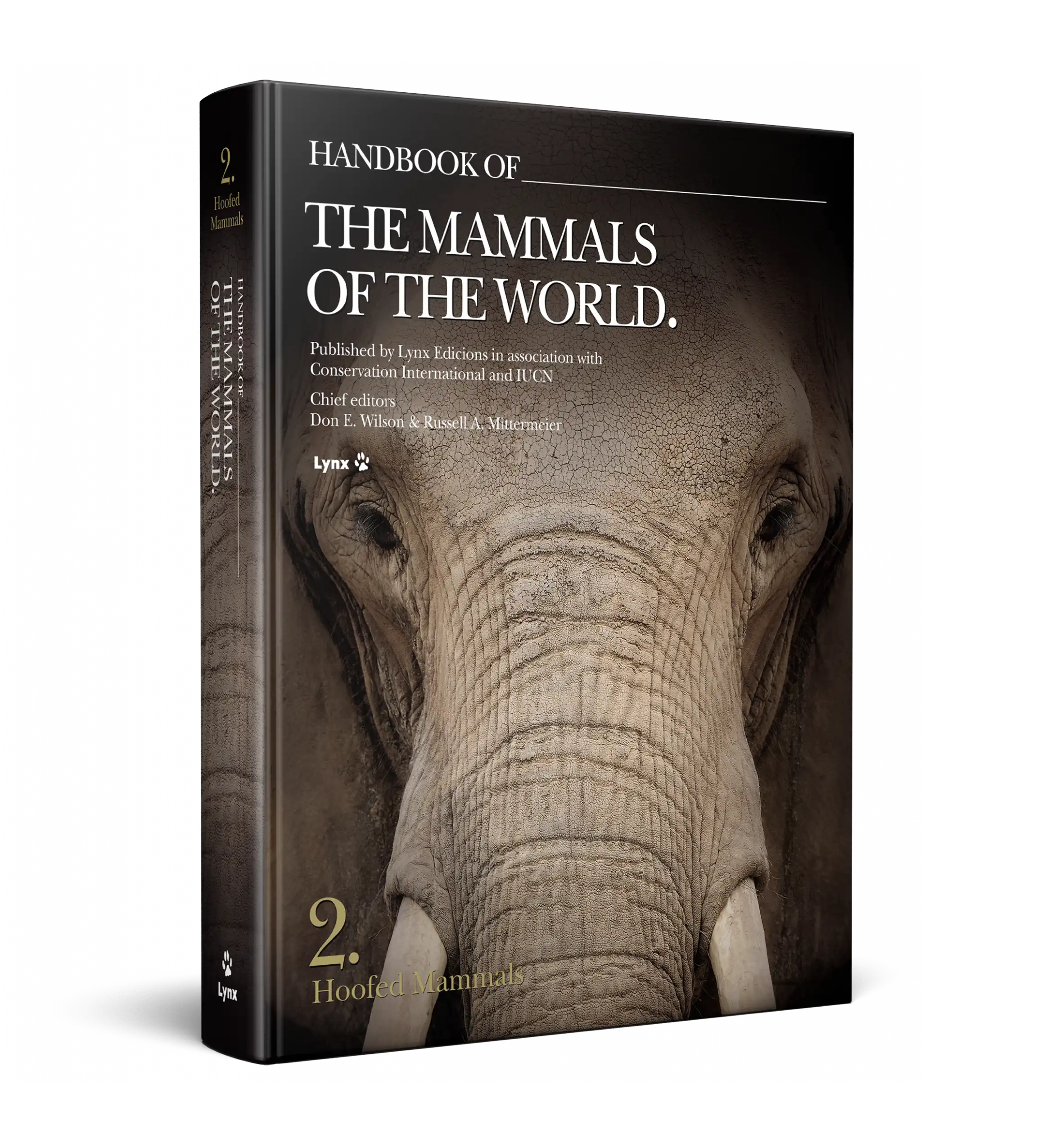
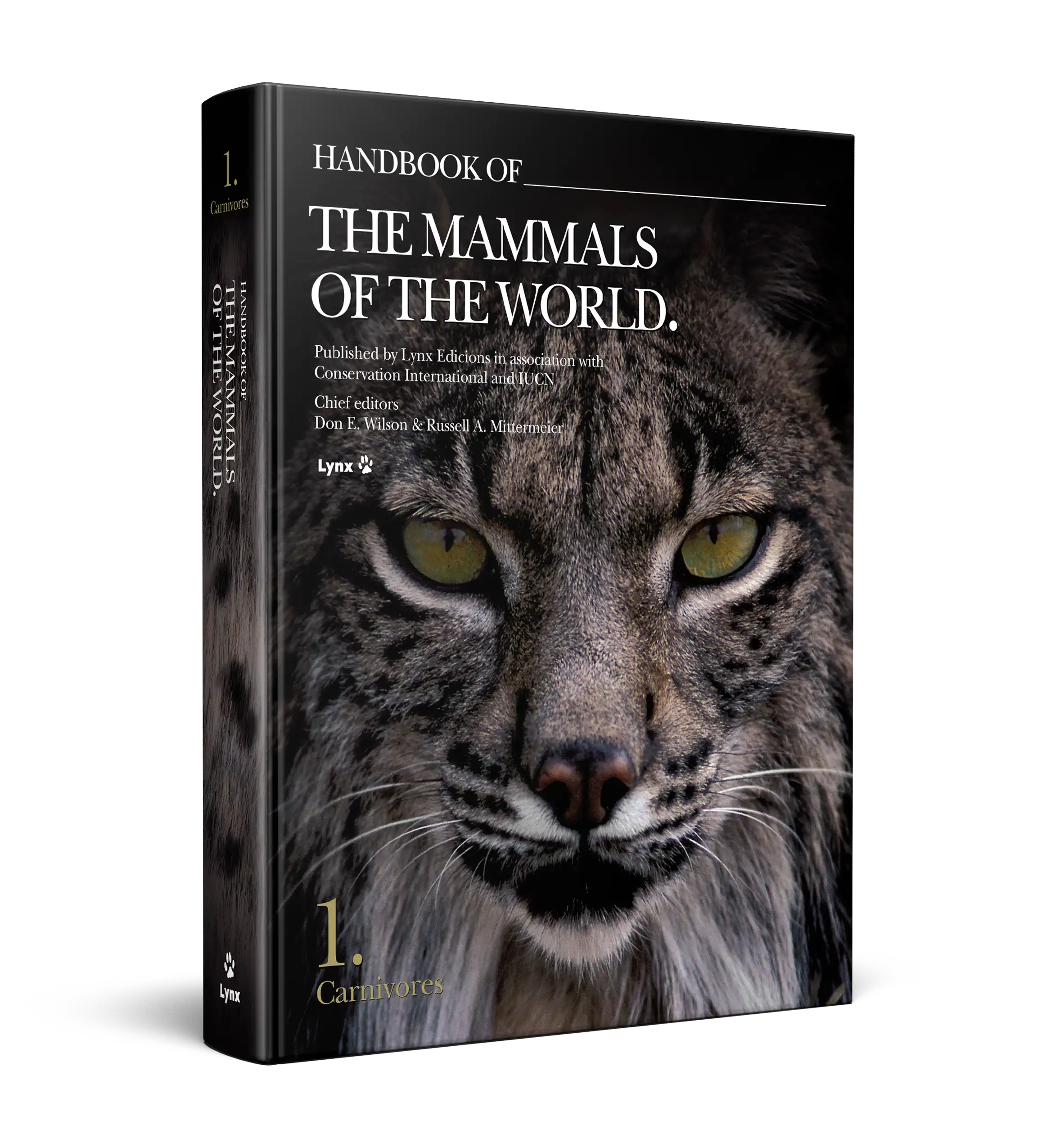
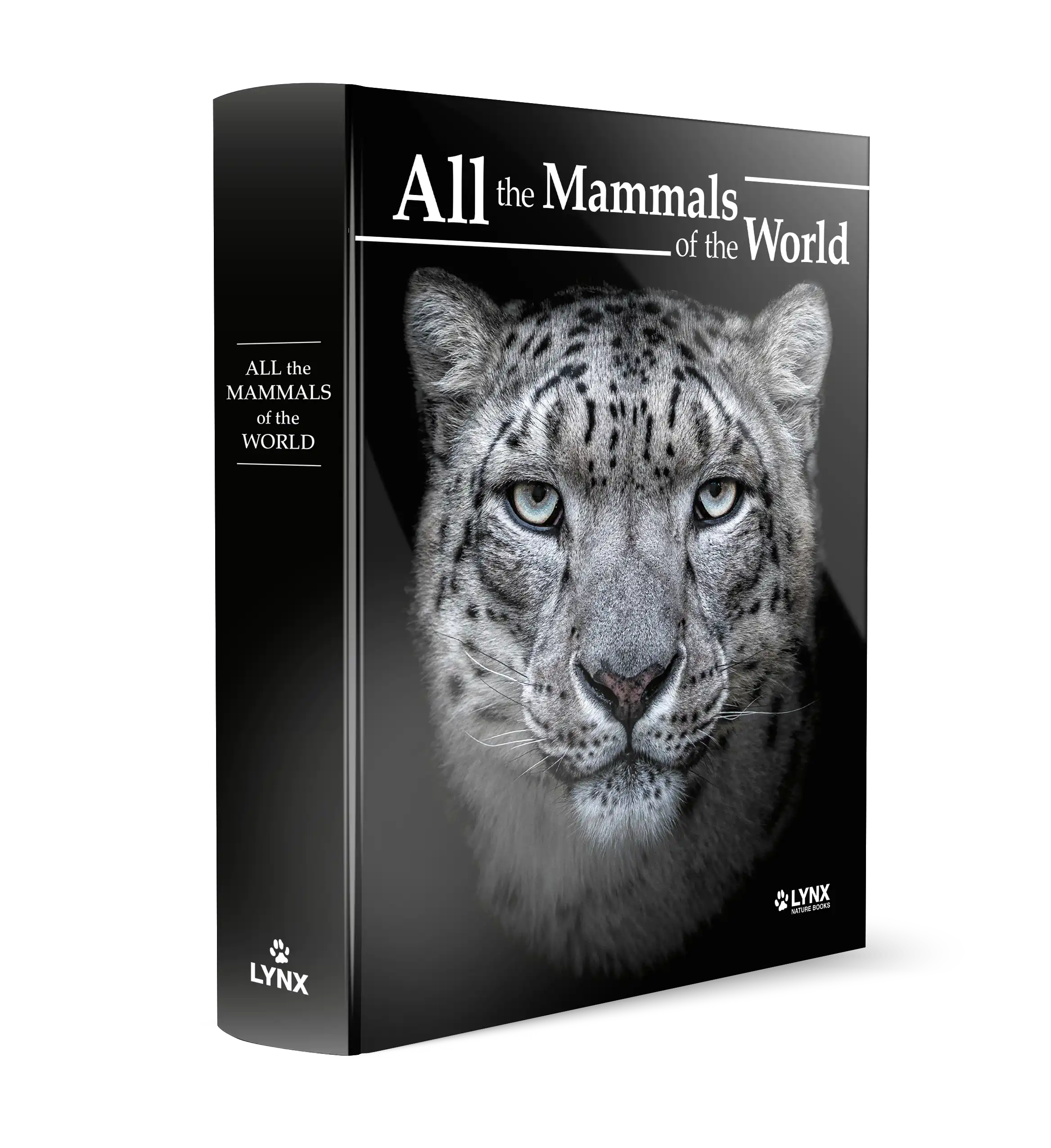
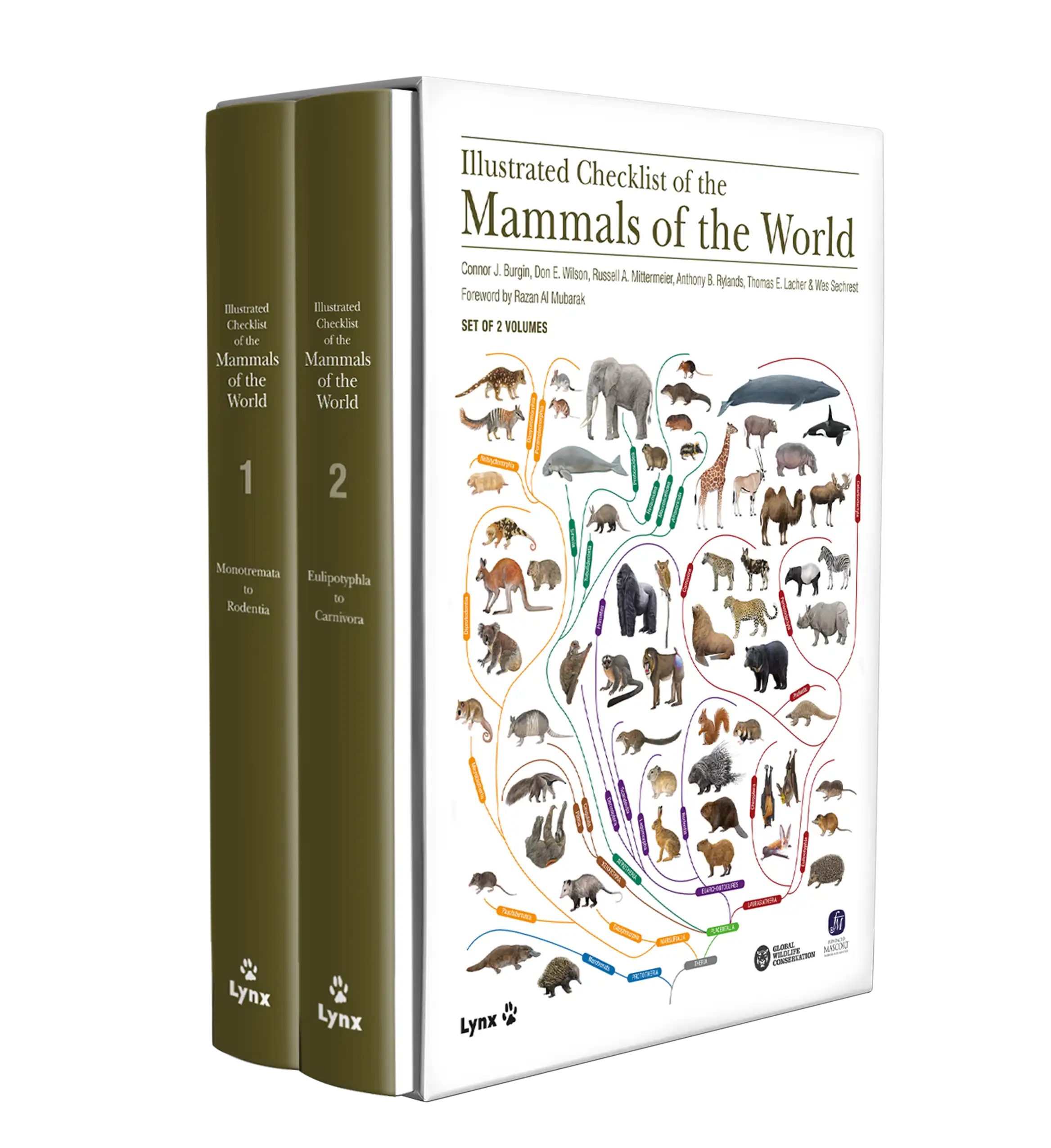
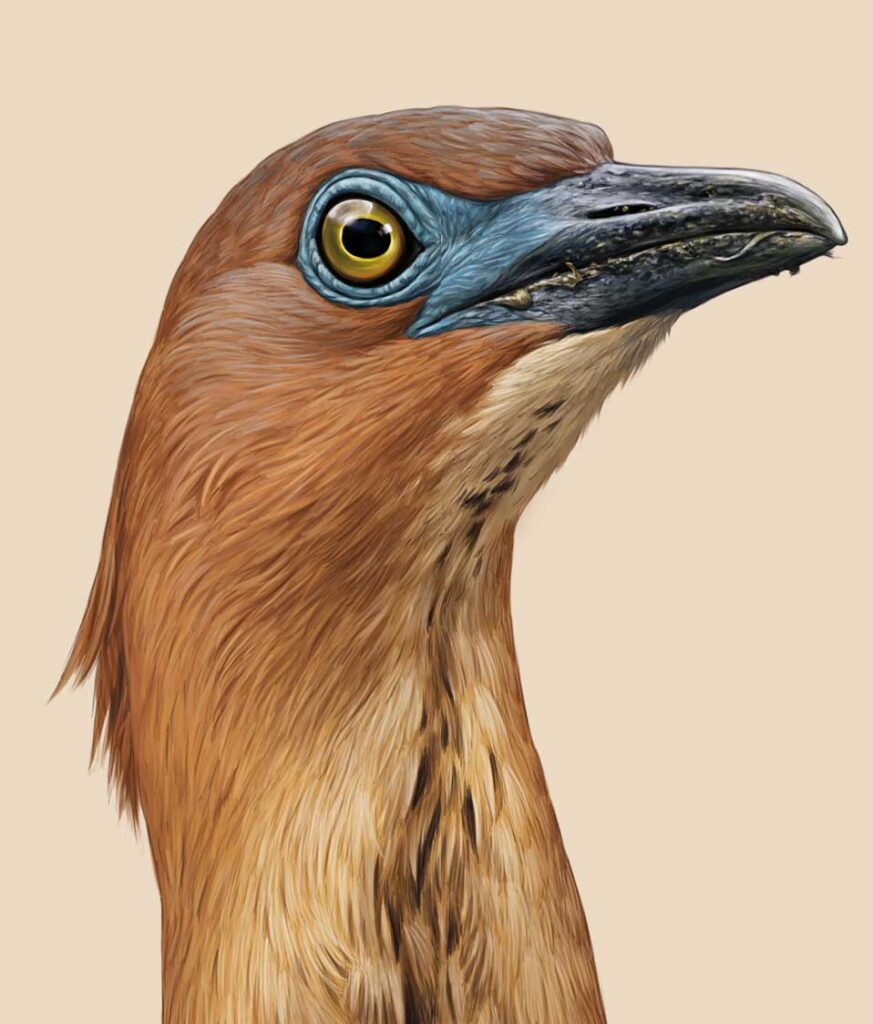
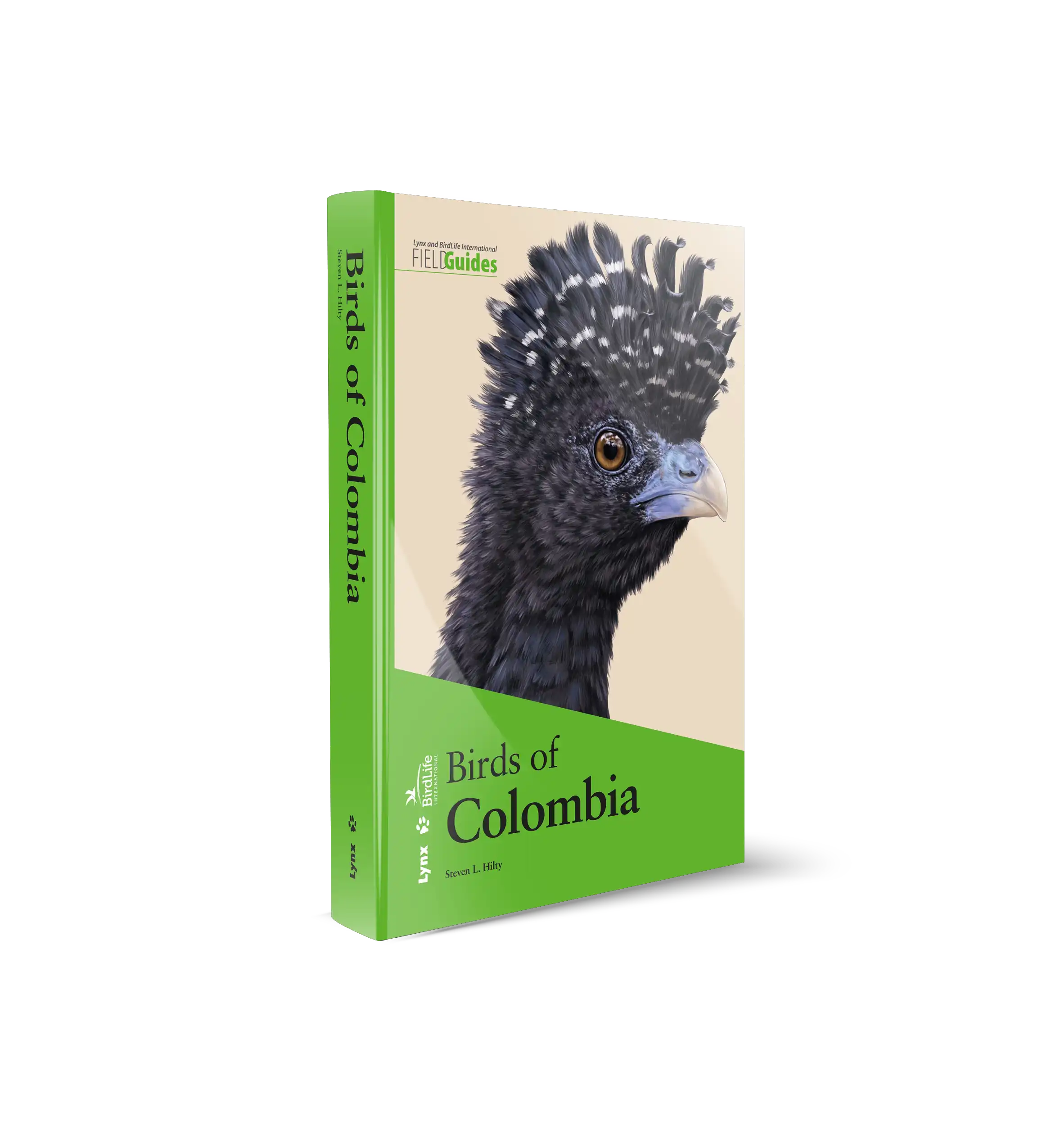
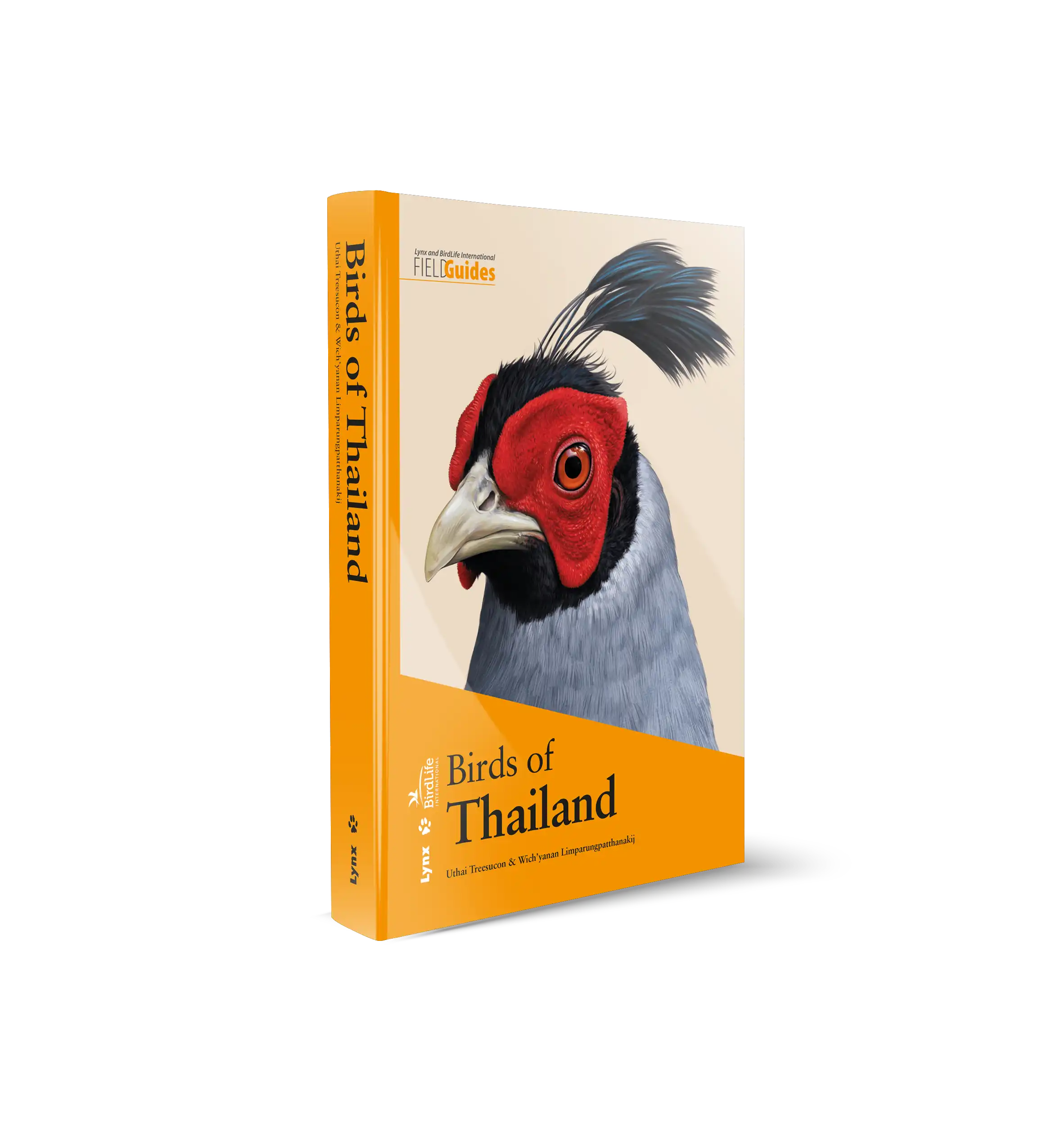
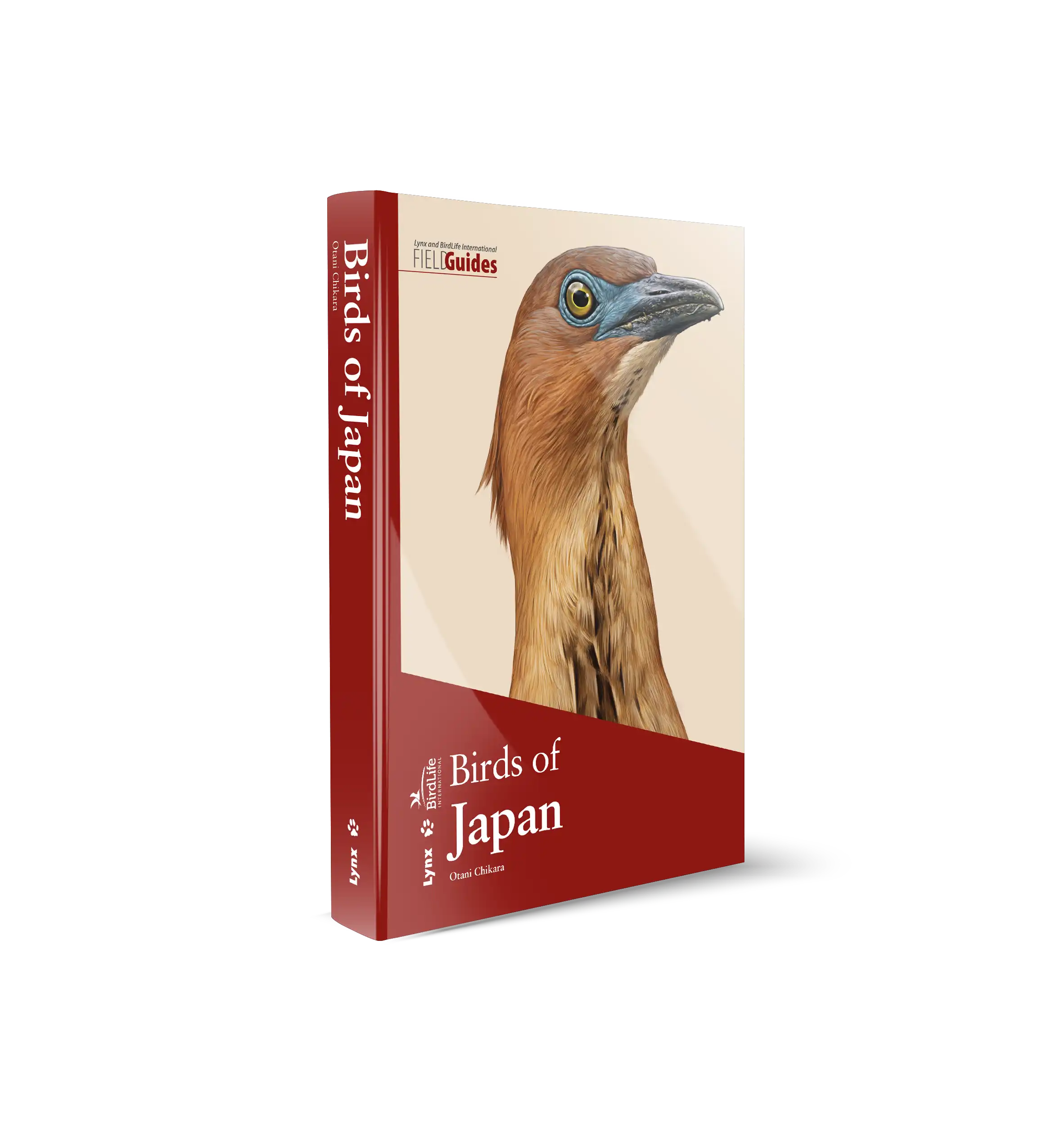








 版权 2025 © Lynx Nature Books
版权 2025 © Lynx Nature Books
Gehan de Silva Wijeyeratne –
Volume 8, the penultimate volume in the Handbook of the Mammals of the World (HMW) marks the nearing of the end of an epic scientific and publishing journey to document all of the extant mammals in the world. The introduction explains it was the intention of the series to keep together as much as possible, the closely related species and families and it was anticipated that a separate volume would be needed to include the other mammal families that did not fit in with the other volumes. Therefore, Volume 8 is the ‘and the rest of the mammals’ volume. But this does not in any way detract from the value of this volume. It is still approached with the same diligence and high standards as the other orders and families that required a volume to themselves and in some way could arguably be the most interesting of the volumes as it includes such a diversity of mammal families.
As many as 17 families are covered in this volume and the title can only attempt a stab at expressing the range. The 17 families belong to seven orders. Many of these orders are confined to a specific continent, an example being the order Afrosoricida with the three families Tenrecs (Tenrecidae), Otter-shrews (Potamogalidae) and Golden Moles (Chrysochloridae). The families in turn may be confined to a narrow area. Thus the Tenrecs for example are endemic to Madagascar and the Otter-shrews are confined to sub-Saharan Africa. The order Cingulata with two families of armadillos and the order Pilosa with four families containing anteaters and sloths is confined to the New World, some only to South or Central America whereas others are found across southern North America, Central America and South America. The order Dermoptera with a single family, the Colugos (Cynocephalidae) has just two species confined to South-east Asia. For readers who want a complete listing of the orders and families. I would recommend visiting the Lynx Edicions website which has a complete listing with the authors of the sections.
The families with larger mammals and especially where they can be seen during the day such as with some species of armadillos, anteaters and sloths, will be familiar to wildlife tourists. Some of the amazing mammals covered in this volume require a little work. On my last visit to Borneo, I asked the company handling the tour to book for me a night walk at Sepilok to look for the Sunda Colugo. Needless to say I was delighted to see it. Reading the ‘Systematics’ section, I learn that a now extinct sister family of the colugos was formerly more widespread and was also found in the New World. The detailed discussion in this section explains the molecular, fossil and other anatomical evidence for its current placement in mammalian evolution and as one of the closest relatives to primates.
The order Scandentia is confined to the Indo-Malayan region with two families, the Pen-tailed Treeshrews (Family Ptilocercidae) and the Treeshrews (Tupaiidae). The latter family will be familiar to birders and keen mammal enthusiasts who have visited sites such as Mount Kinabalu National Park.
Some orders such as Eulipotyphla which contains the shrews (Soricidae) and hedgehogs and Gymnures (Erinaceidae) are distributed across many continents. Some of their members such as the hedgehogs have a huge fan club and are much loved by the public whilst others such as the shrews tend to be for the specialists. Nevertheless, the shrews are a fascinating group and with 448 species in three subfamilies they occupy a significant section of the book (pages 332 to 551).
The volume follows the standard format for the series. A few preliminaries are followed by expansive family introductions which are grouped under standard categories including Systematics, Morphological Aspects, Habitat, General Habits, Communication, Food and Feeding, Breeding, Movements, Home Range and Social Organisation, Relationships with Humans and finally Status and Conservation. These sections are interspersed with stunning images of a generous size afforded by the larger encyclopaedia size of the pages. Some images occupy a full page combining a coffee-table presentational format to a book underpinned by solid science. The family introduction is followed by the plates. Each plate is followed by pages of species accounts for the species on a plate. These have a distribution map and the text for a species is under standard headings such as Taxonomy, Descriptive Notes, Habitats, Food and Feeding etc. The text is somewhat telegraphic in style as with the text in a field guide. In this volume all of the plates are by Toni Llobet, thus there is consistency in style. Thirty-six authors have contributed the authoritative text.
The images in HMW often include those recording rare or interesting behaviour. The extensive captions are also informative. For example, one image shows a Brown-throated Three-toed Sloth that has descended a modal tree to deposit a pile of dung. The moths that live on the fur will then lay their eggs in the freshly laid dung and the young moths that emerge will fly up to mate in the sloth’s fur. The moths may be contributing nutritional inputs via the algae that live on the fur. The number of moths correlate to the amount of algae and it is suspected that the moths ingest the algae during grooming. The fascinating three-way mutualism between sloths, moths and algae is explained in the captioning of the photograph.
A huge number of scientific papers can now be searched for online and found on portals such as ResearchGate. However, for a keen mammal enthusiast, a volume such as this which brings together a well-thought-out and structured introduction to the family is both very useful and time efficient. In my case I also write and photograph field guides. For my field guides, I find something like the HMW a very good baseline to begin with, before I search for papers that may have lumped or split species or described interesting behaviour. A book cannot be all things to all people but the HMW volumes are remarkable for being able to hold the interest of both the serious enthusiasts and of those whose needs may be more demanding.